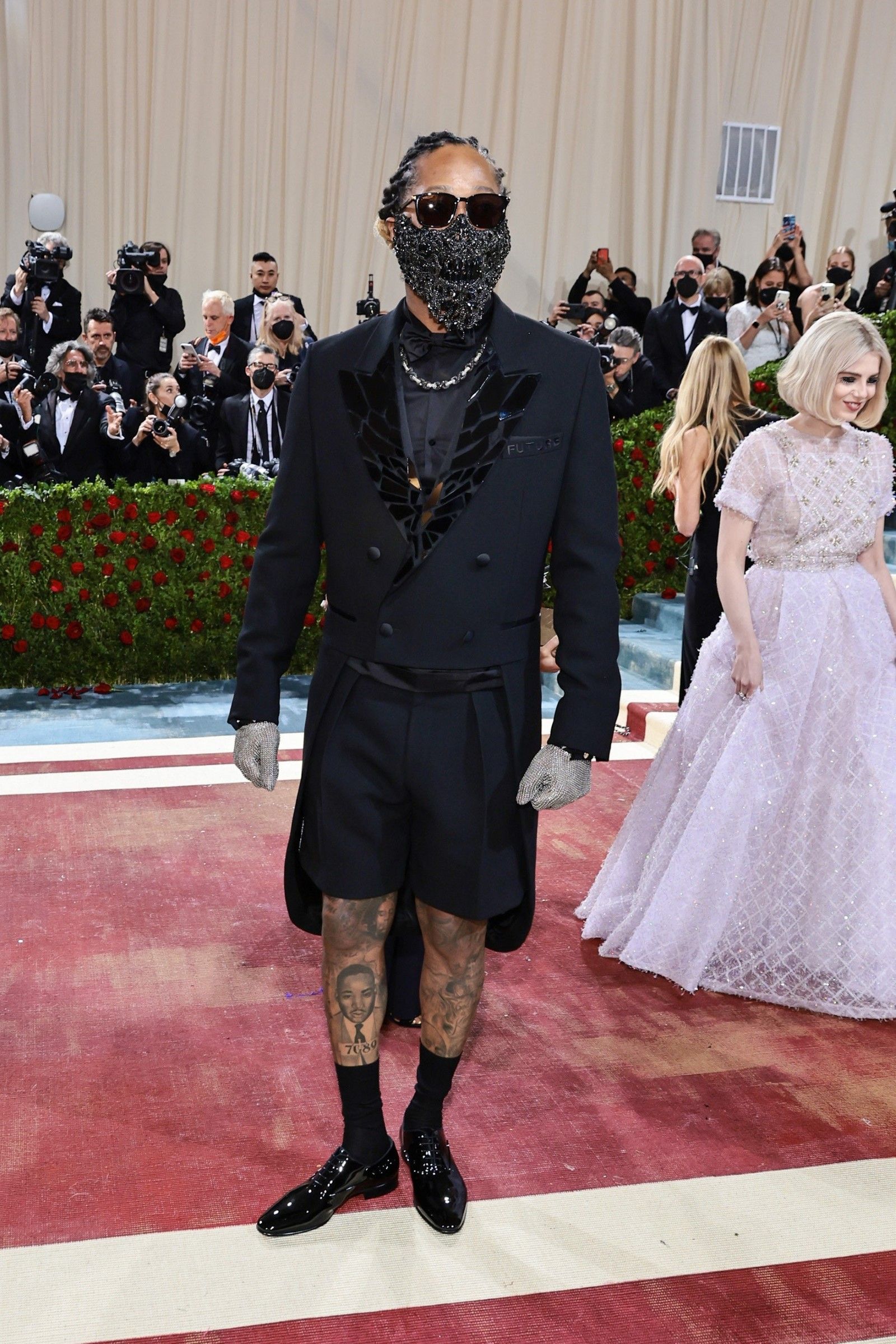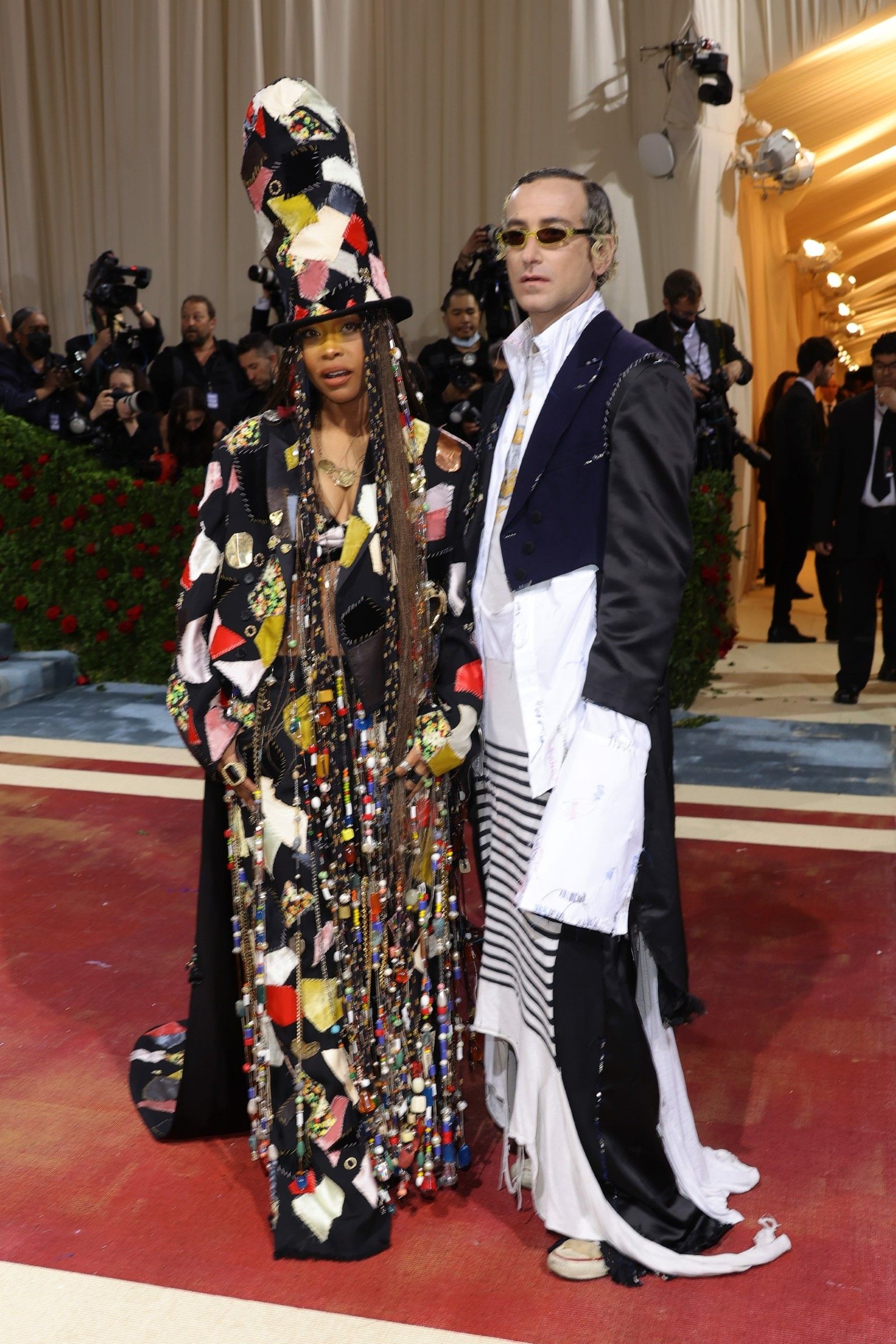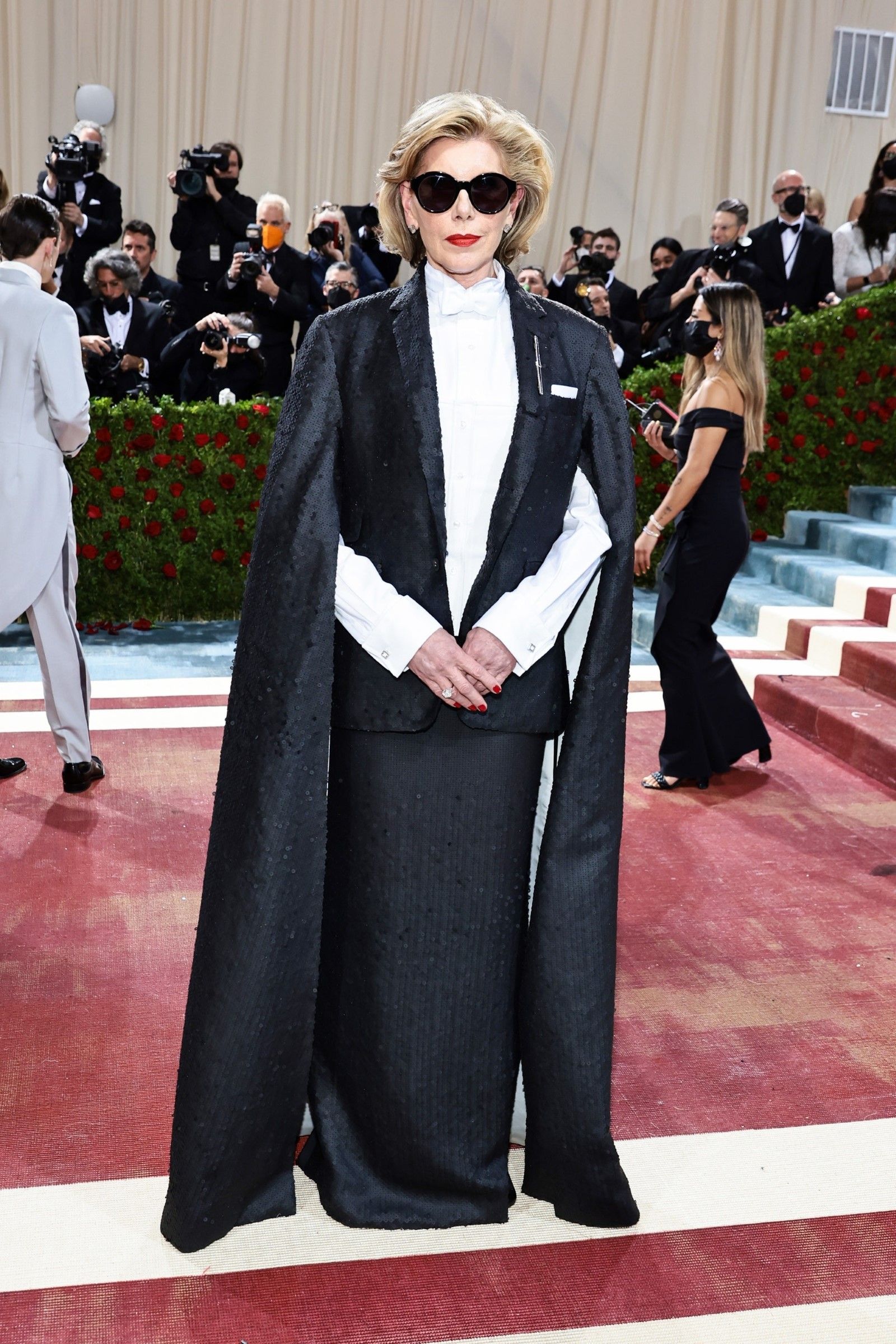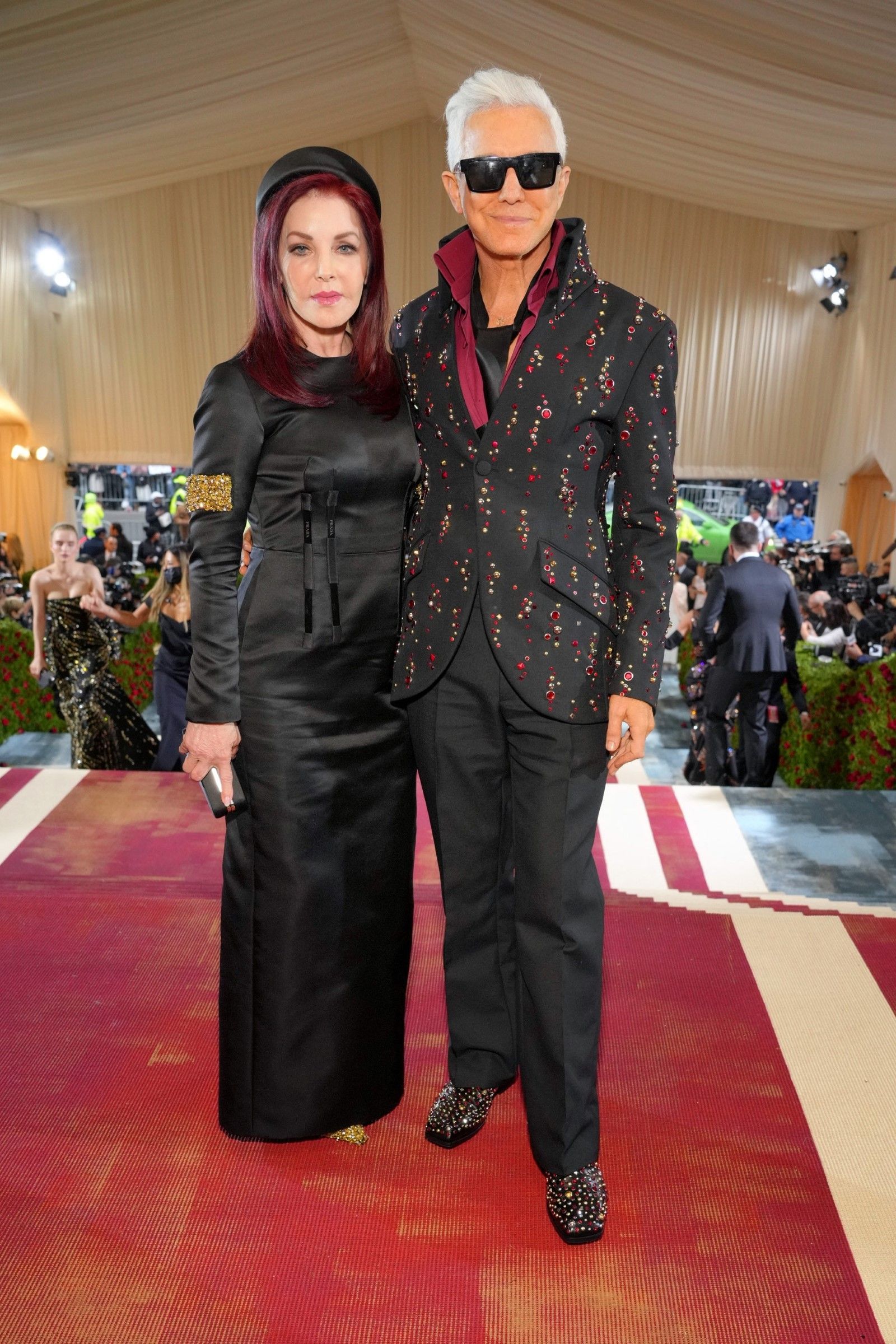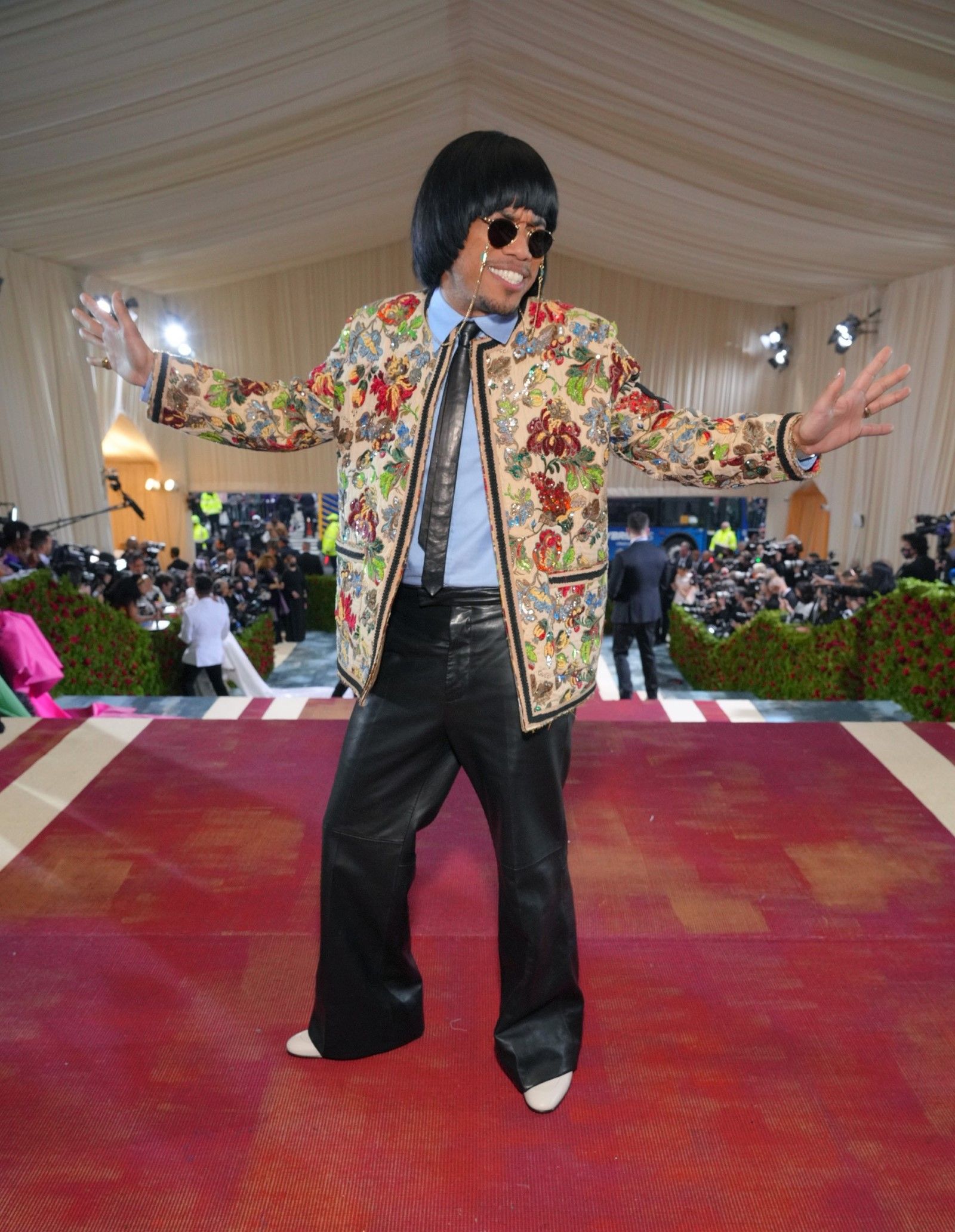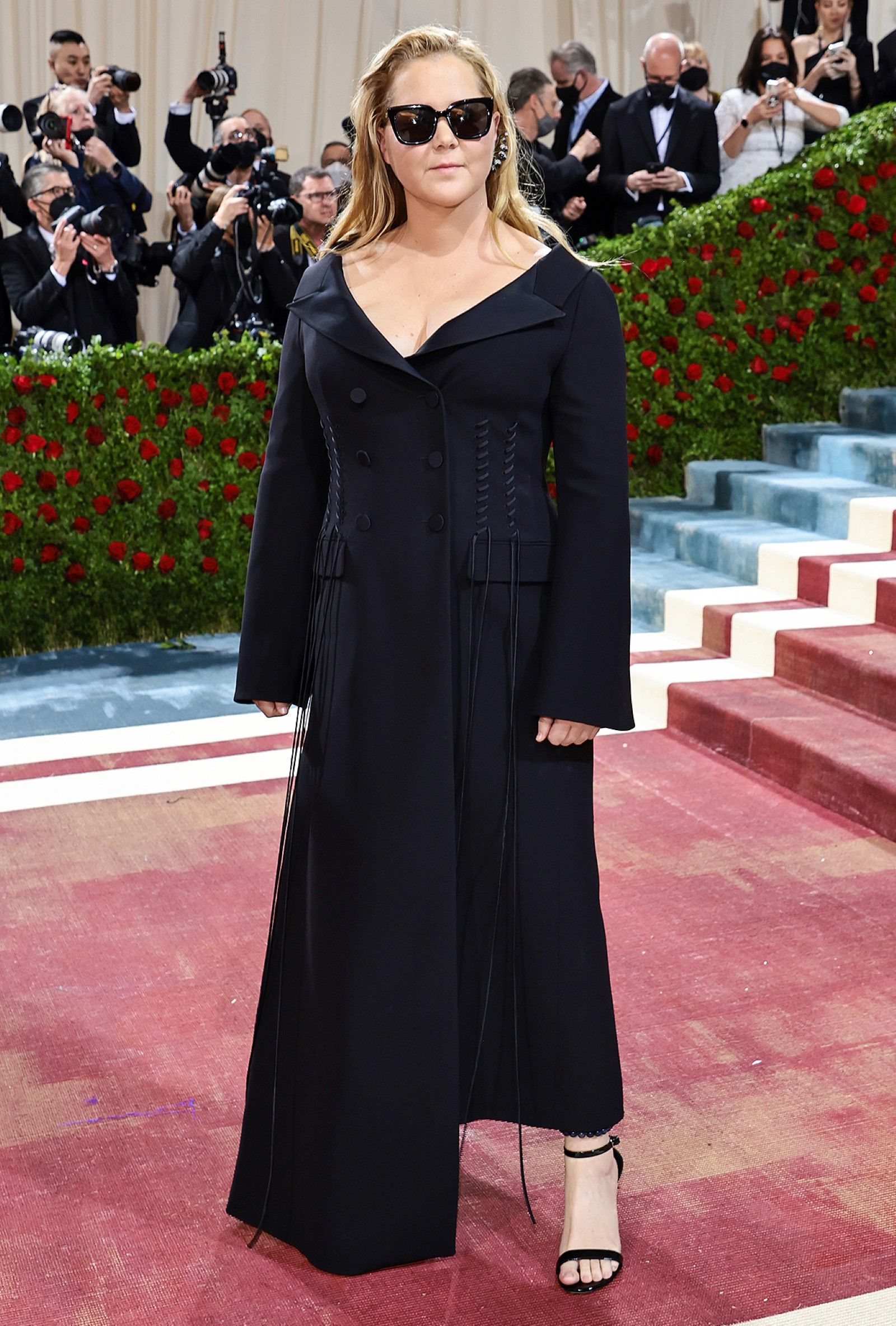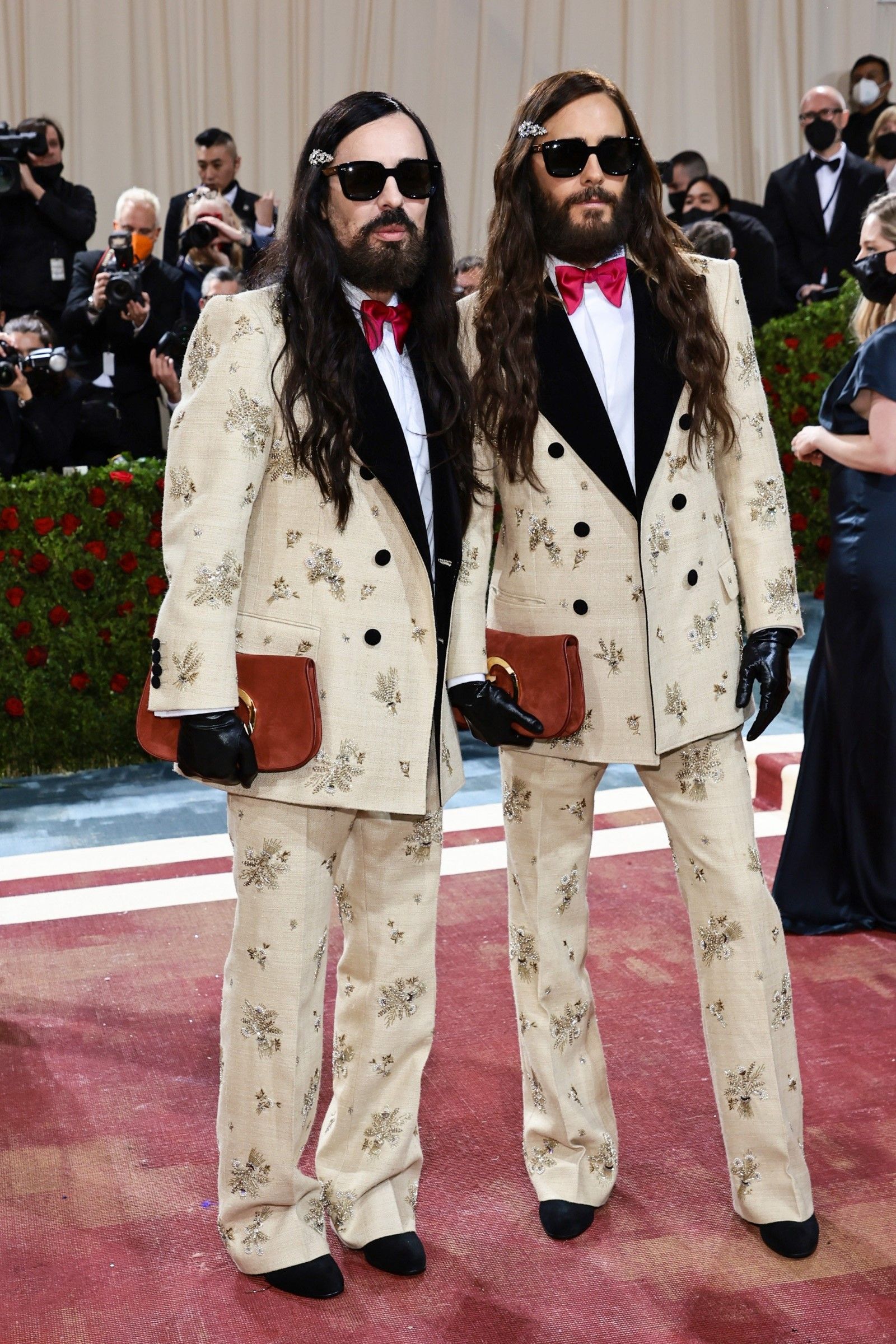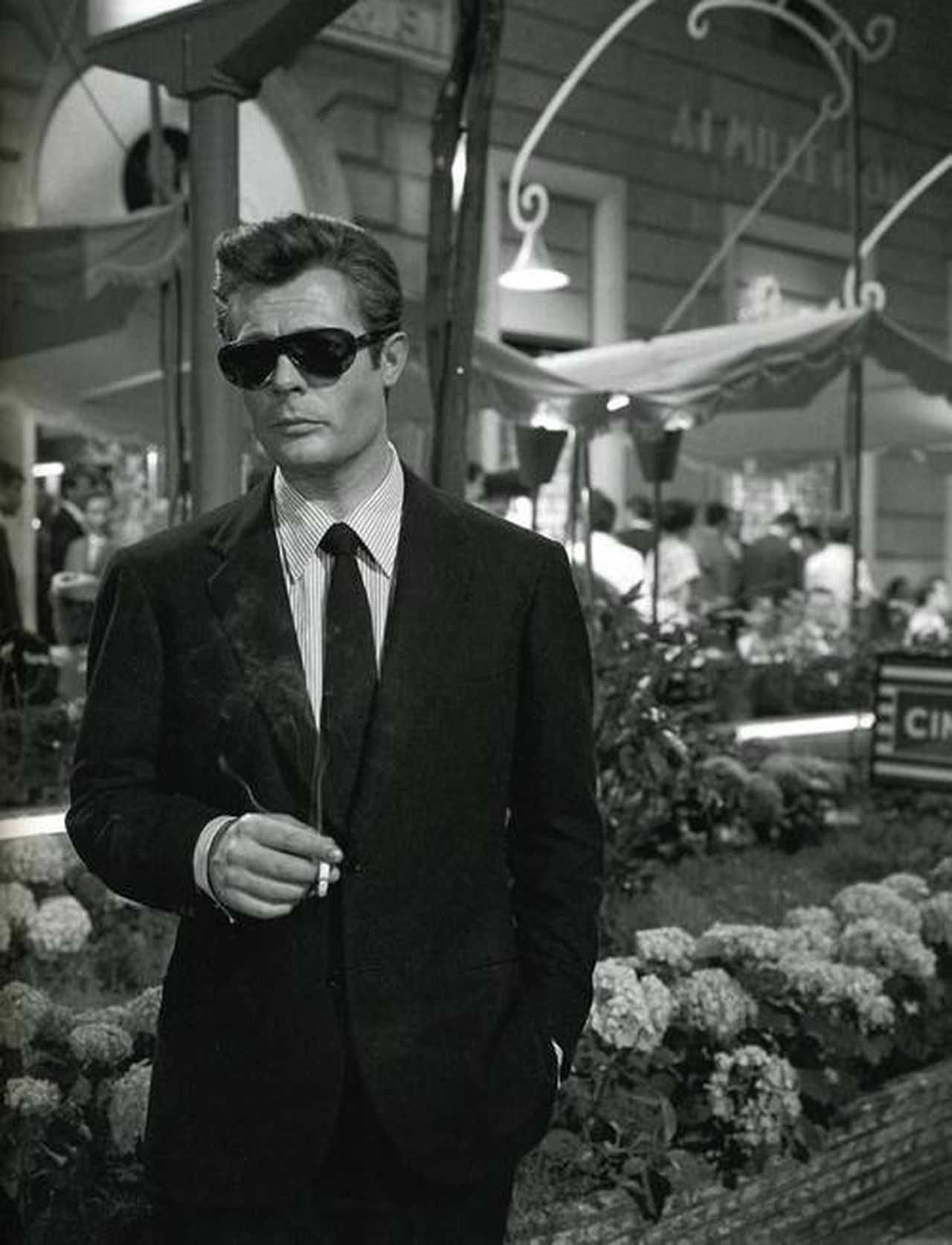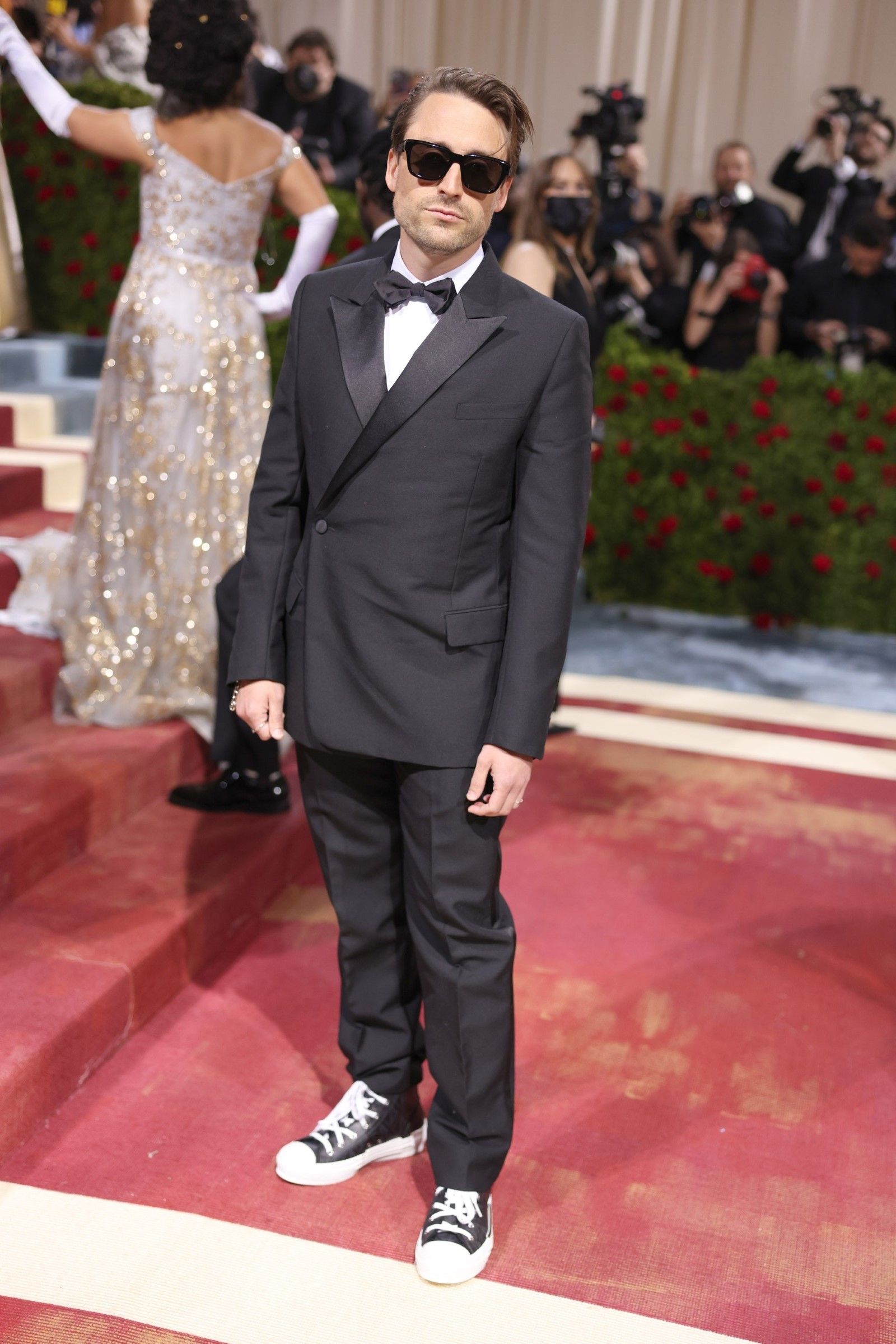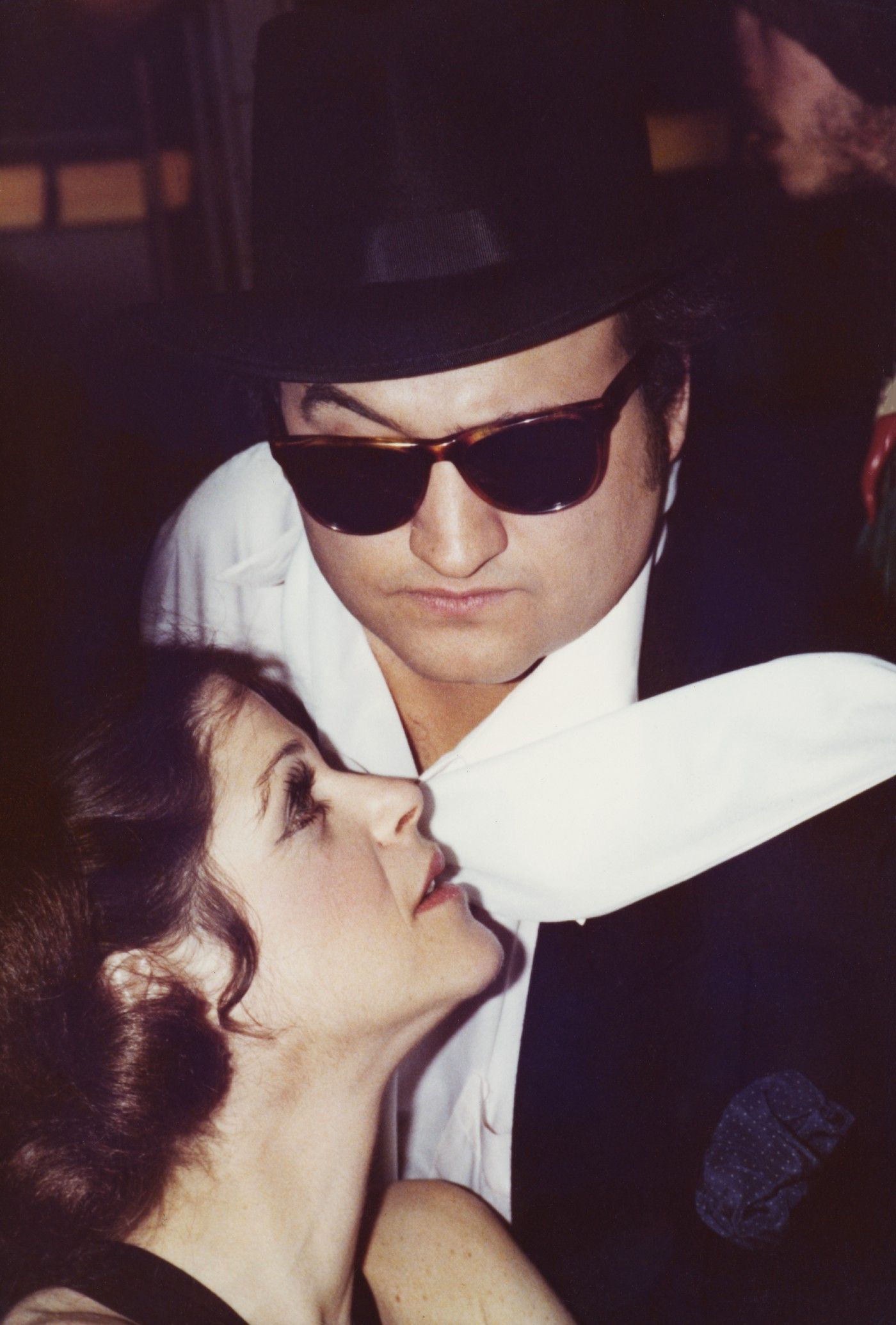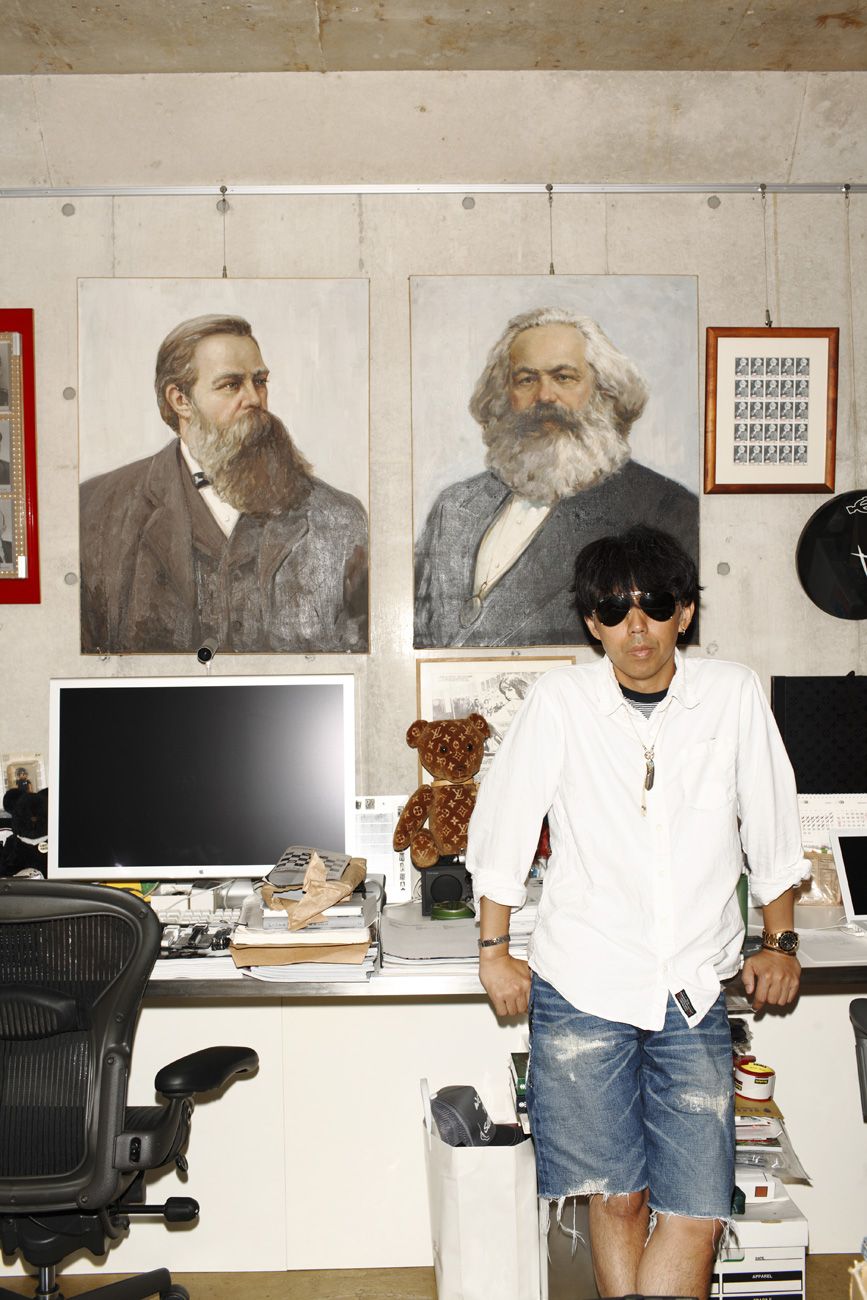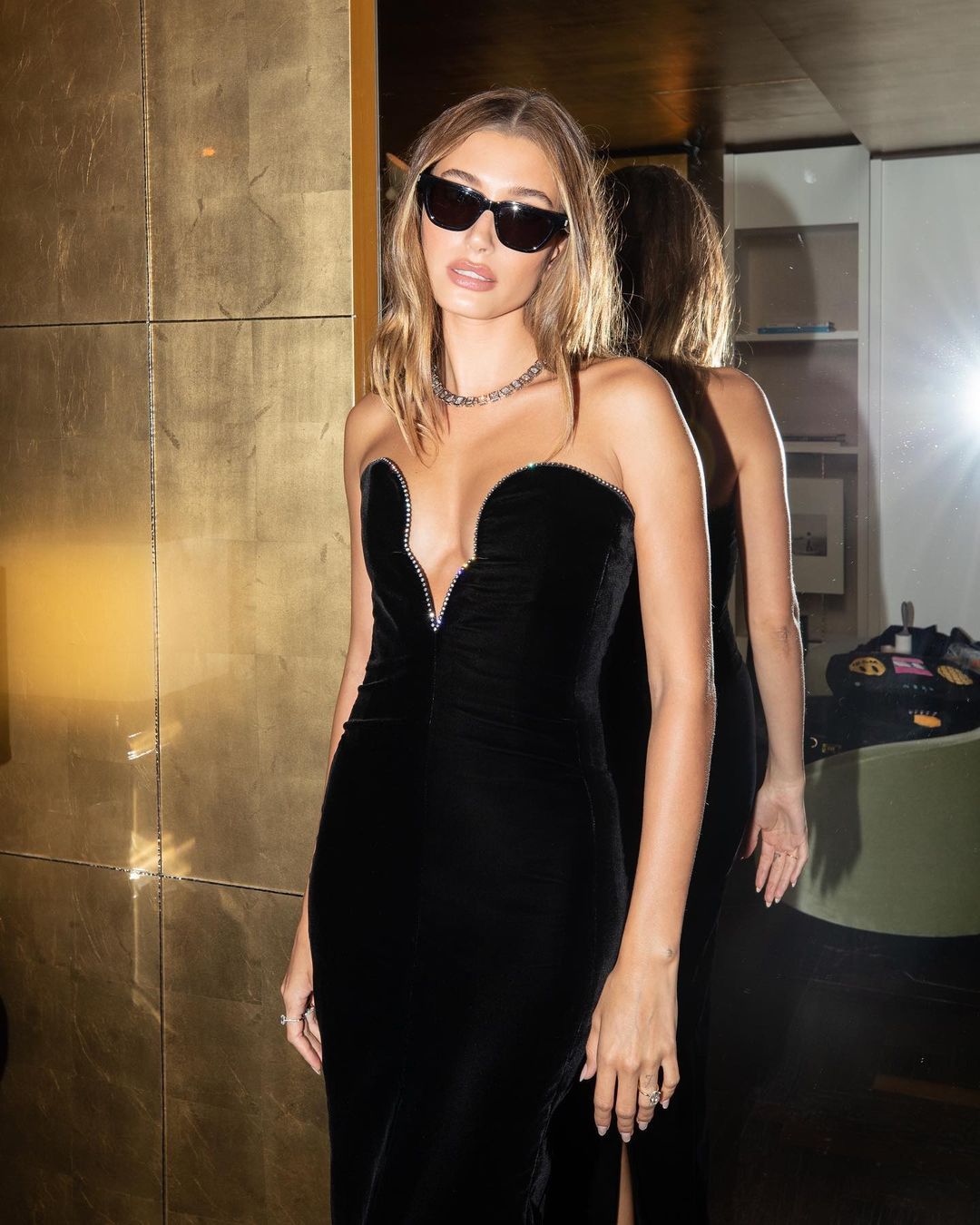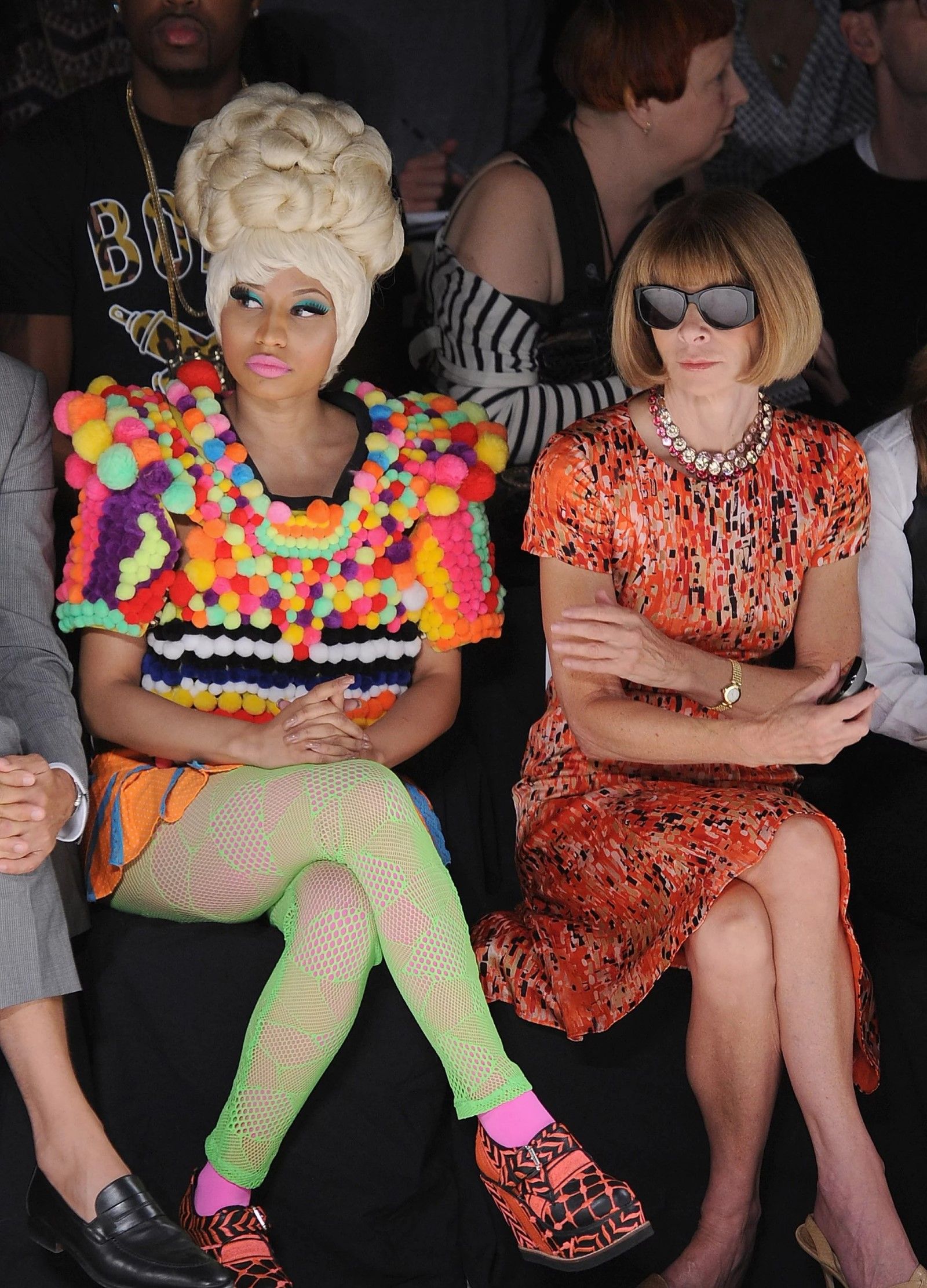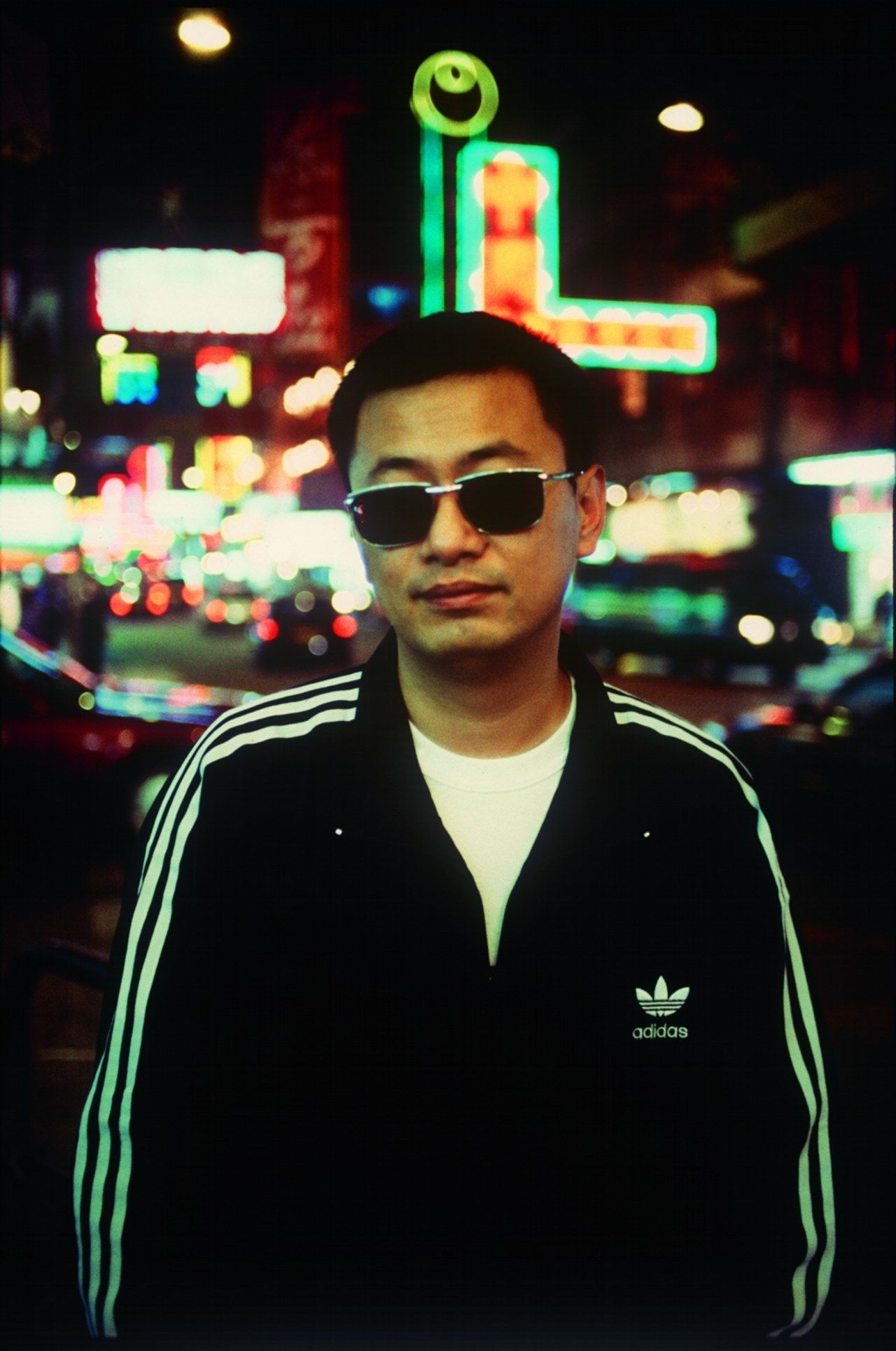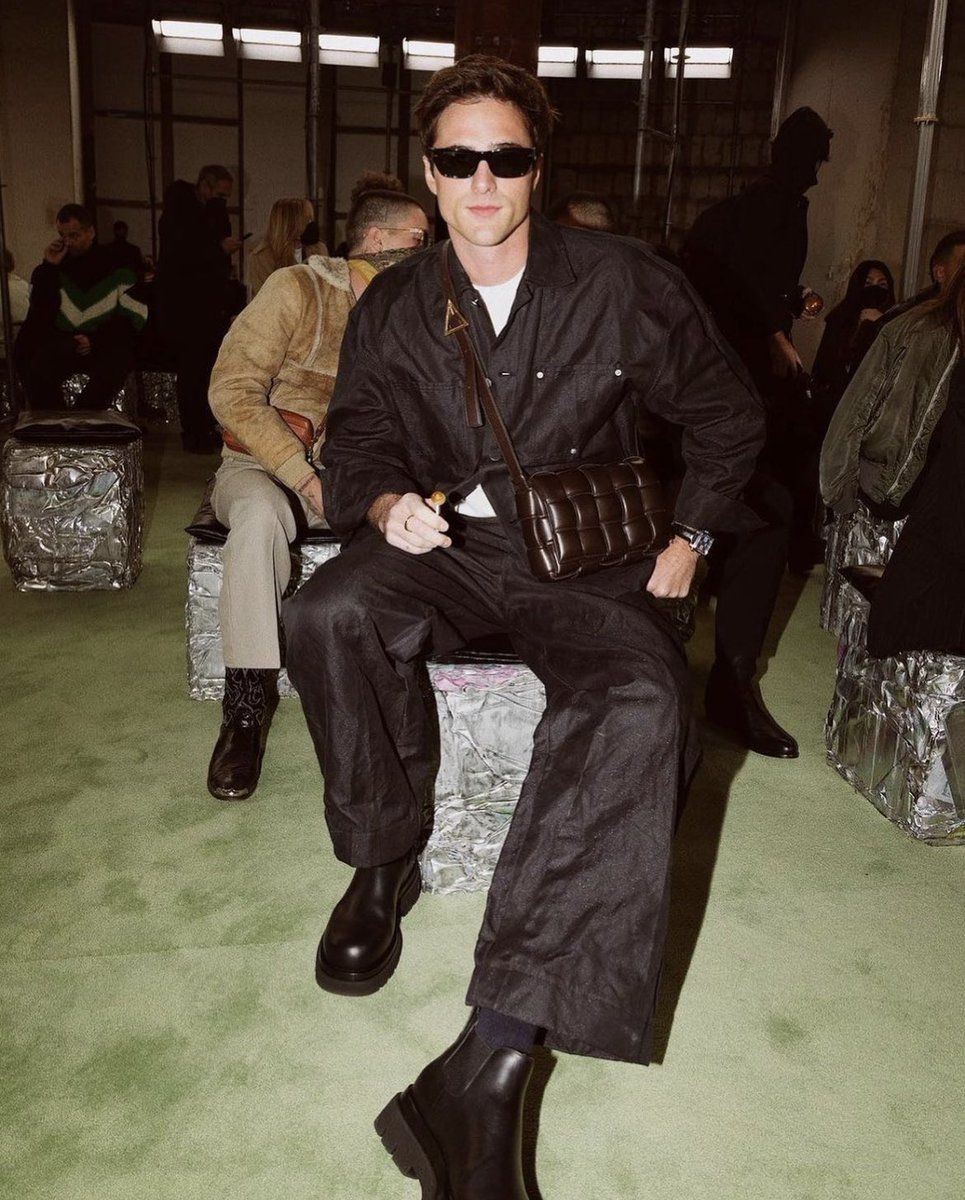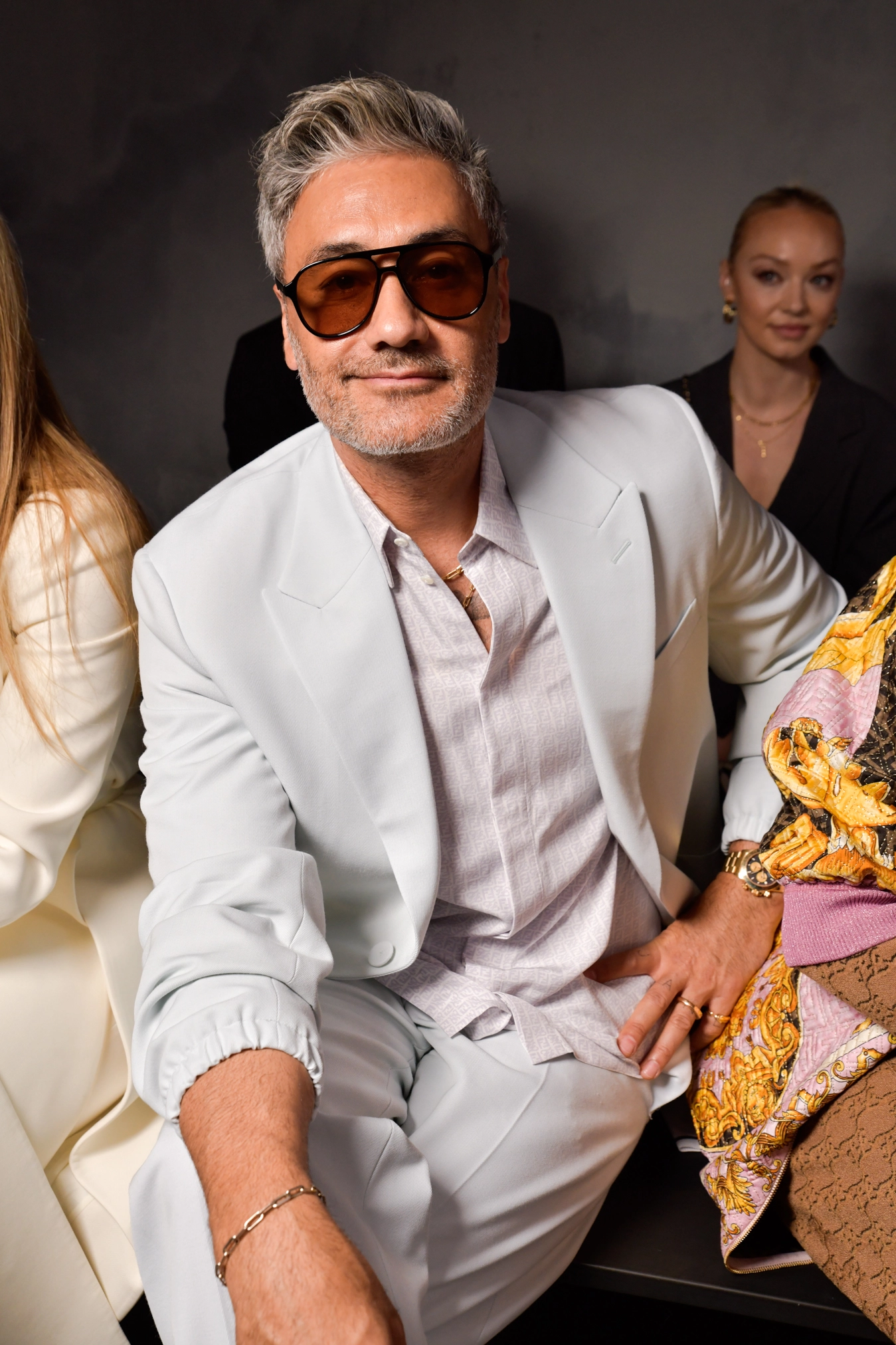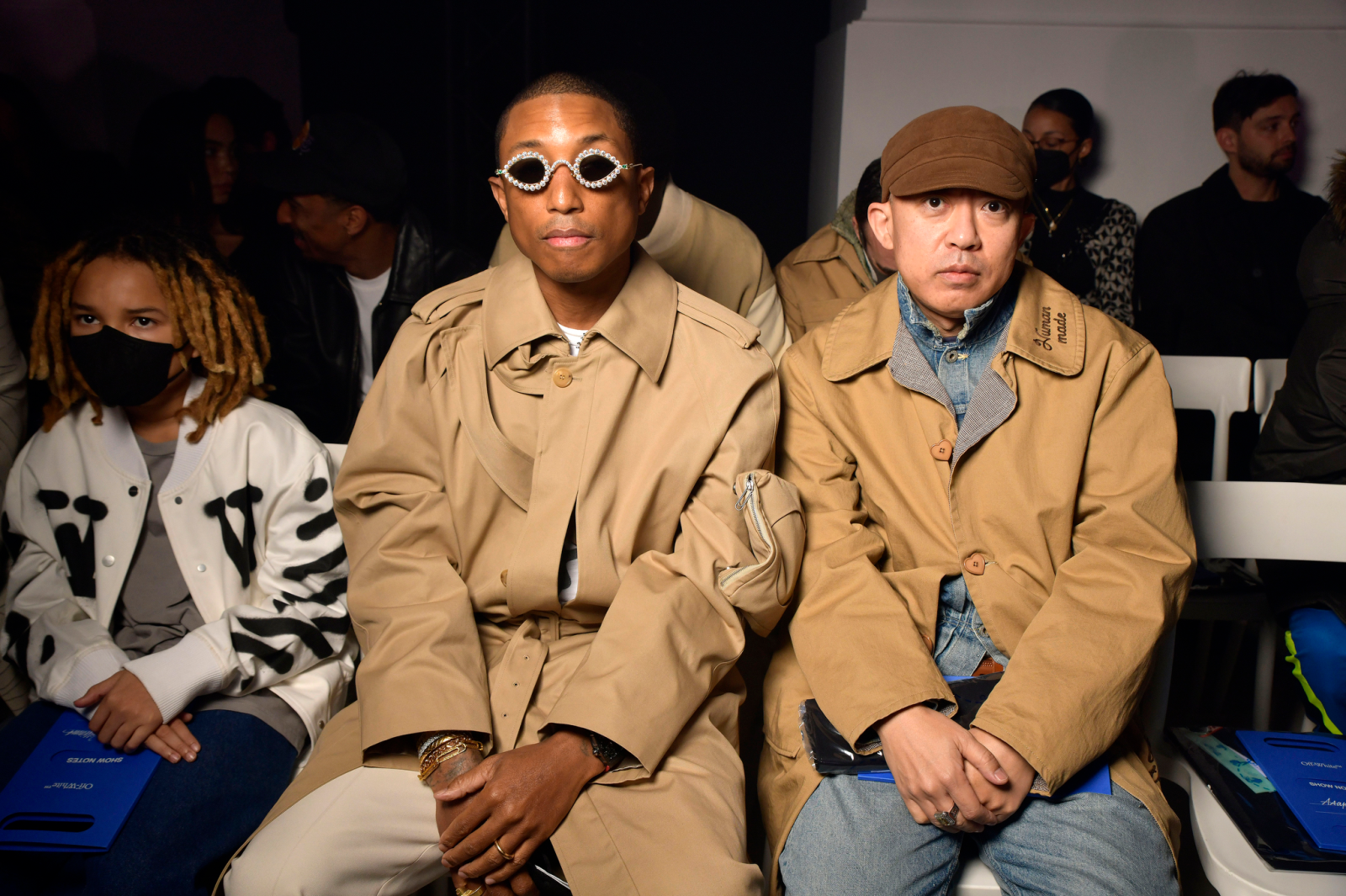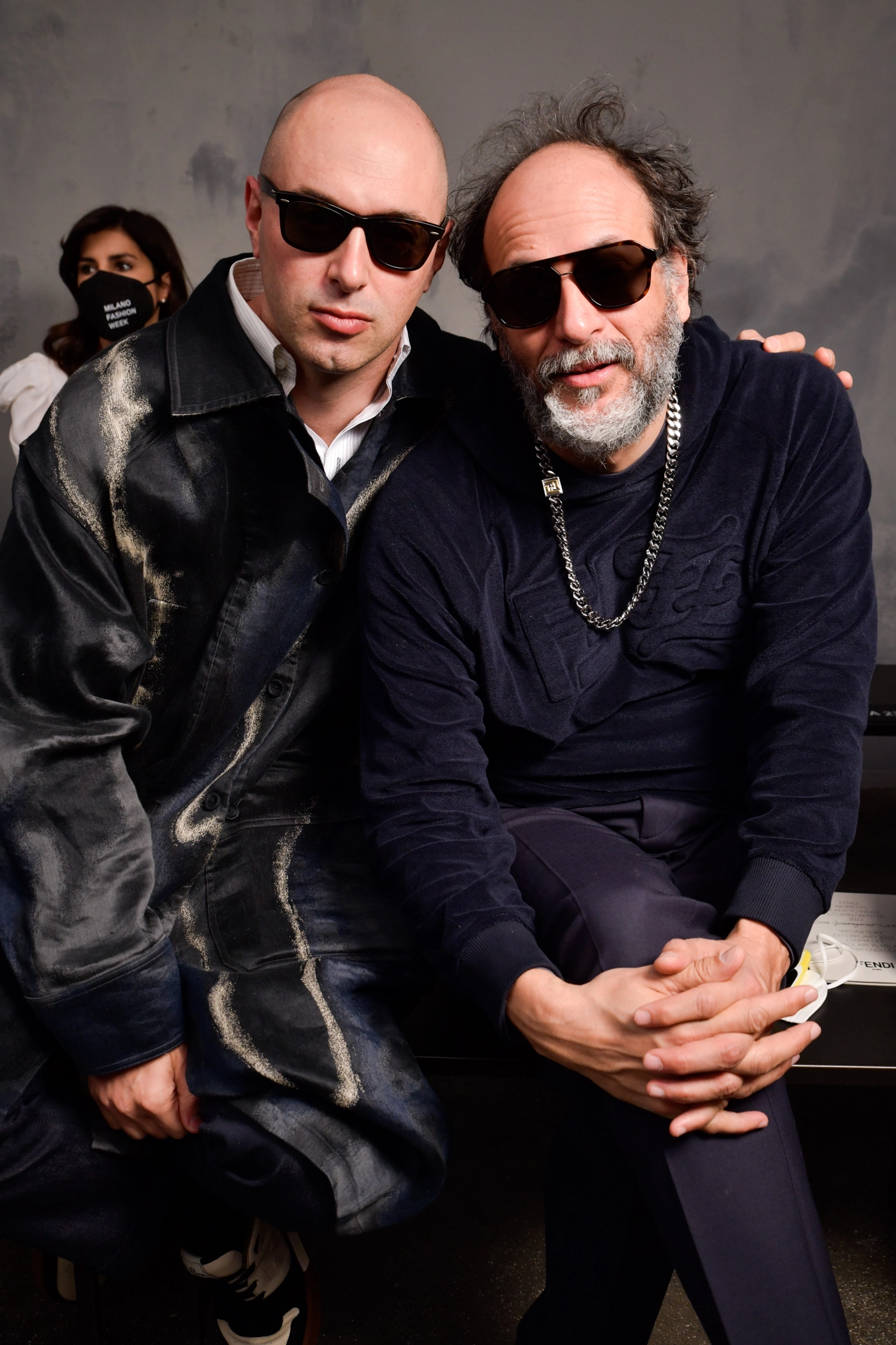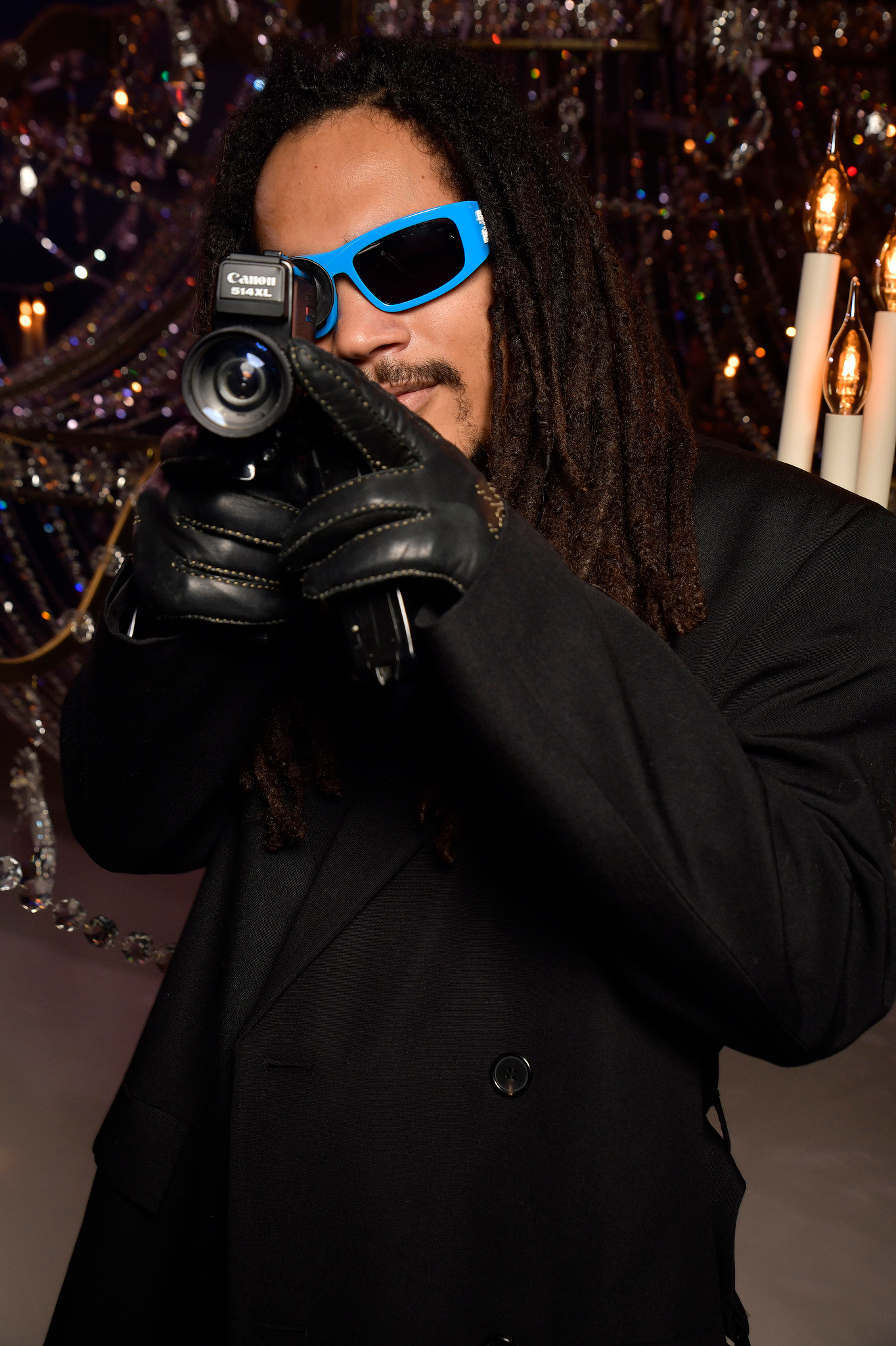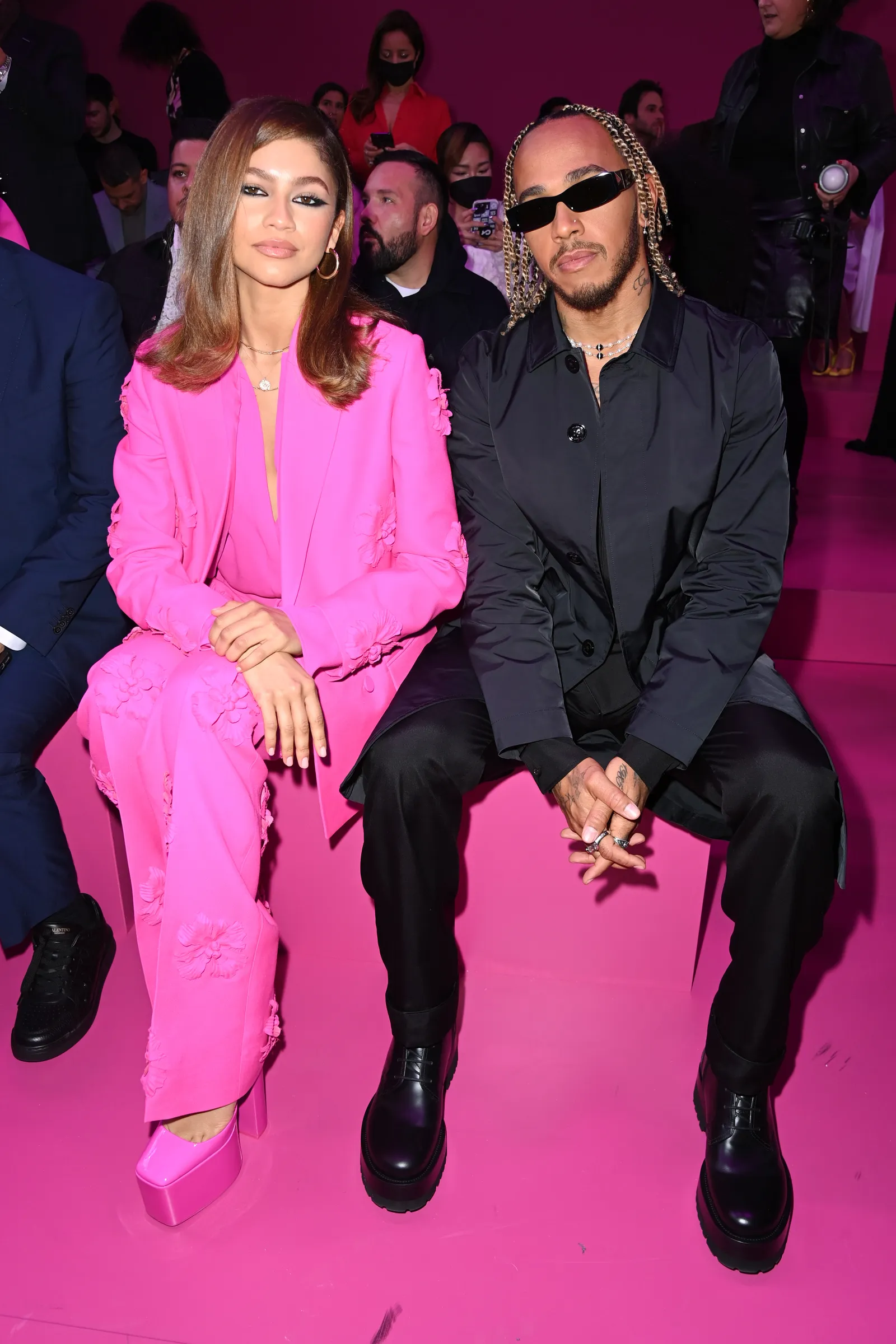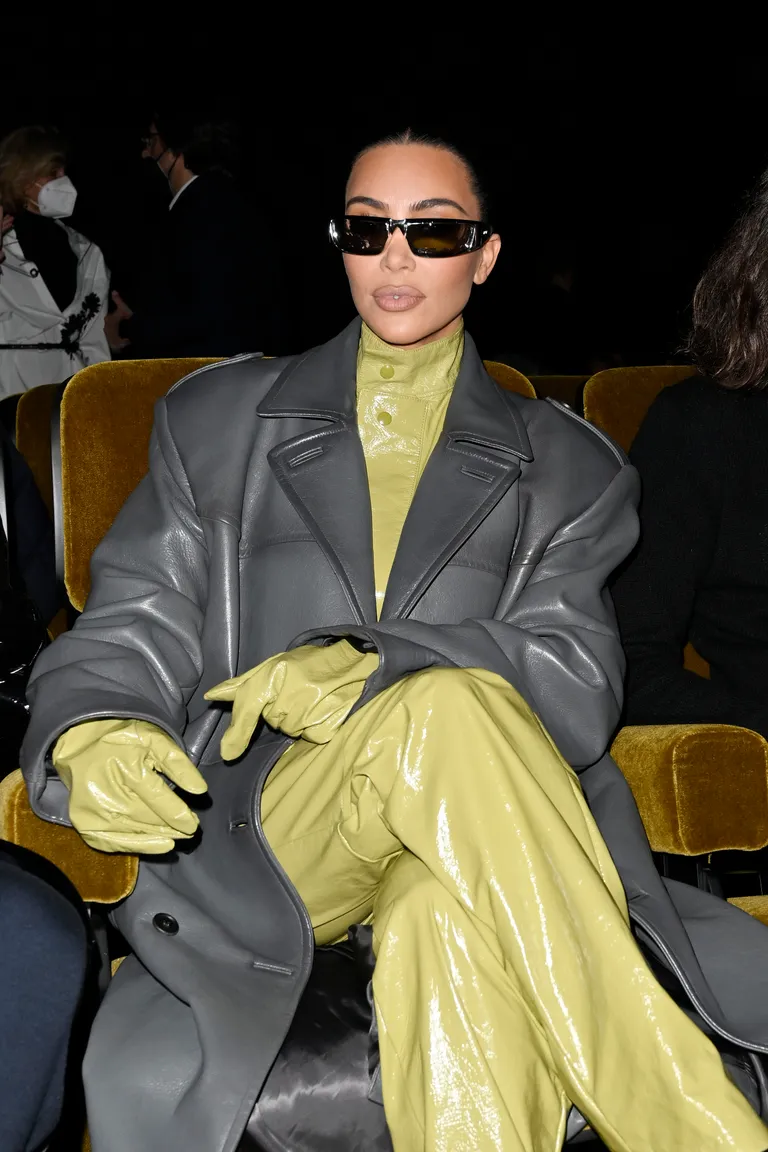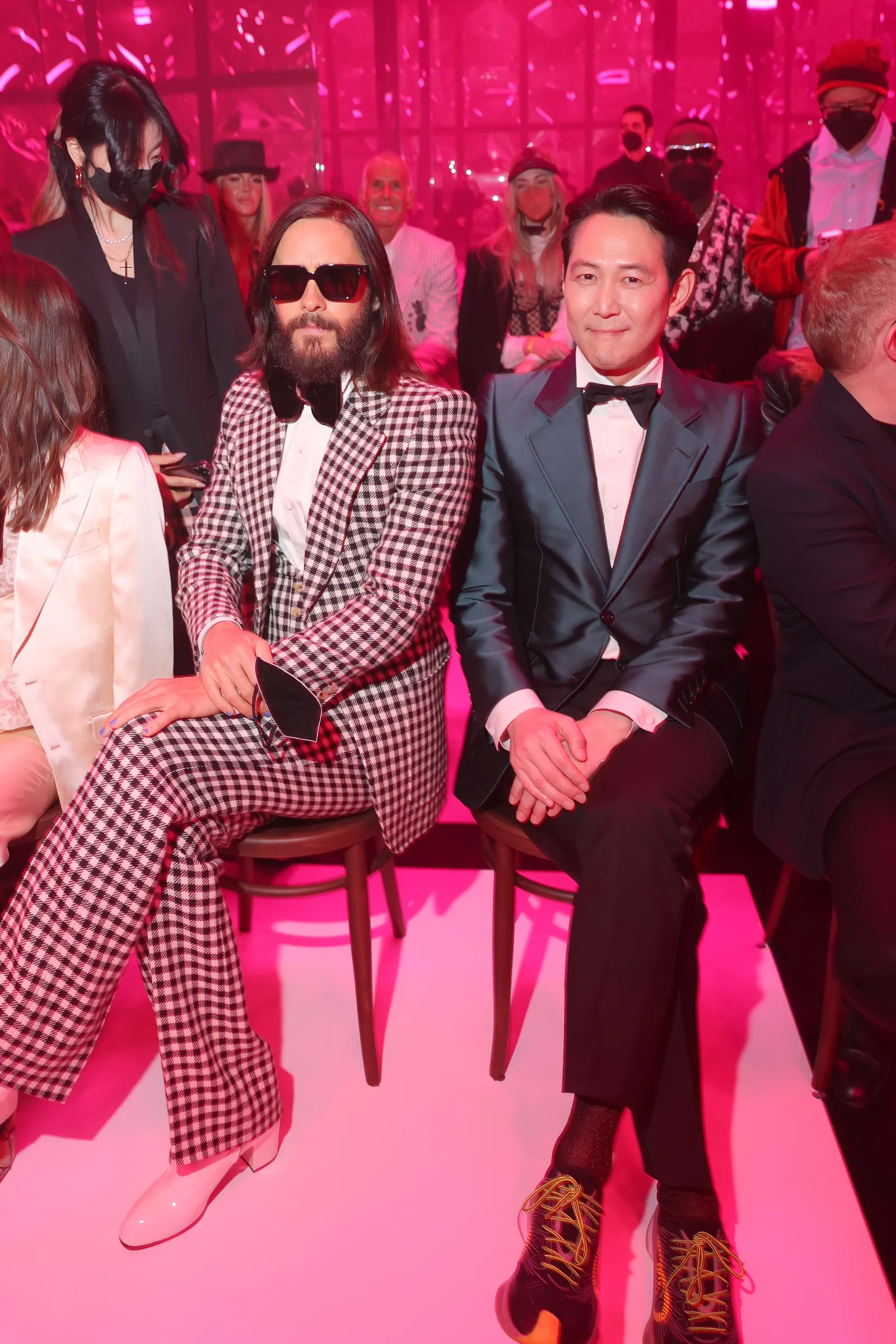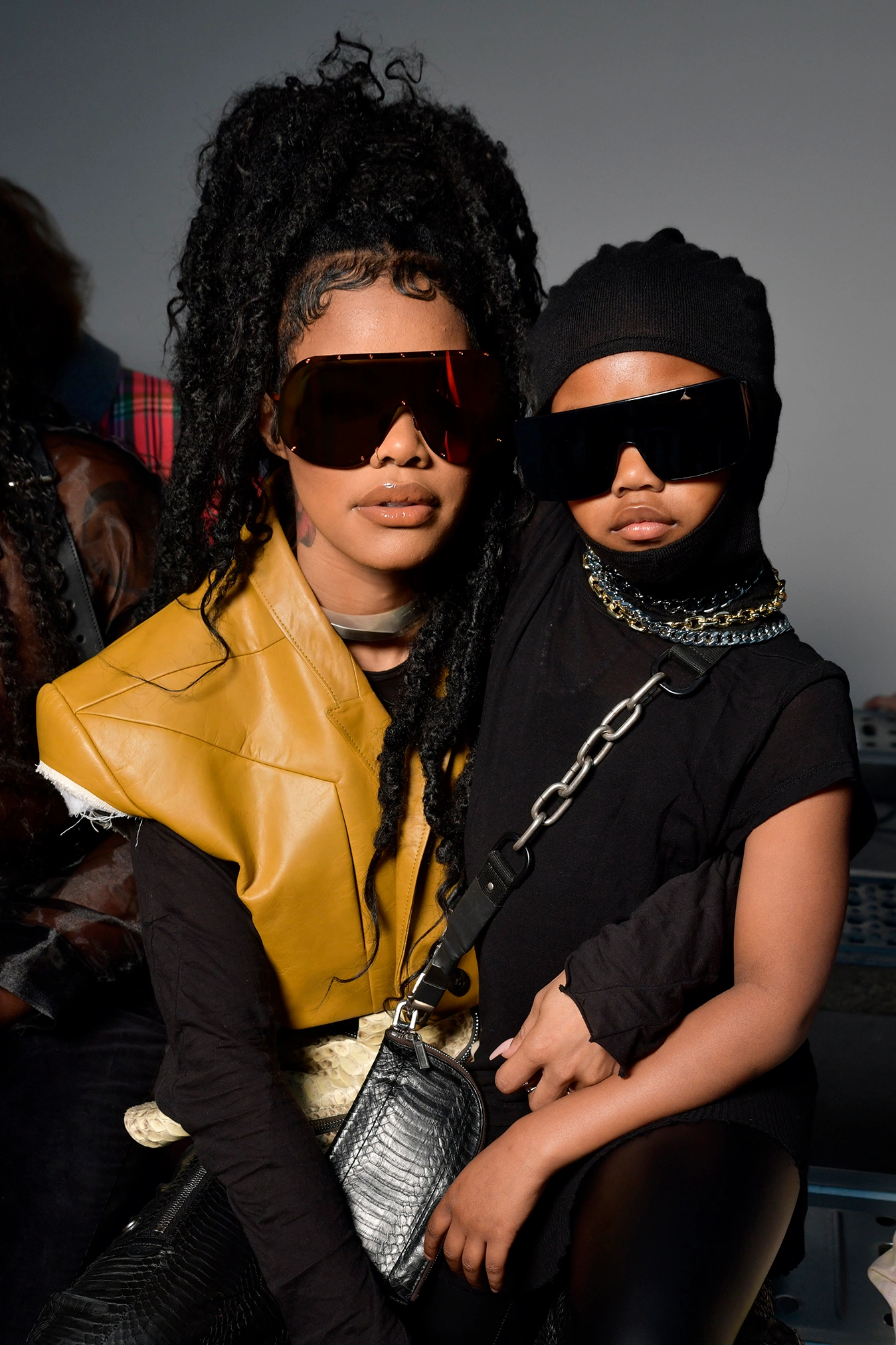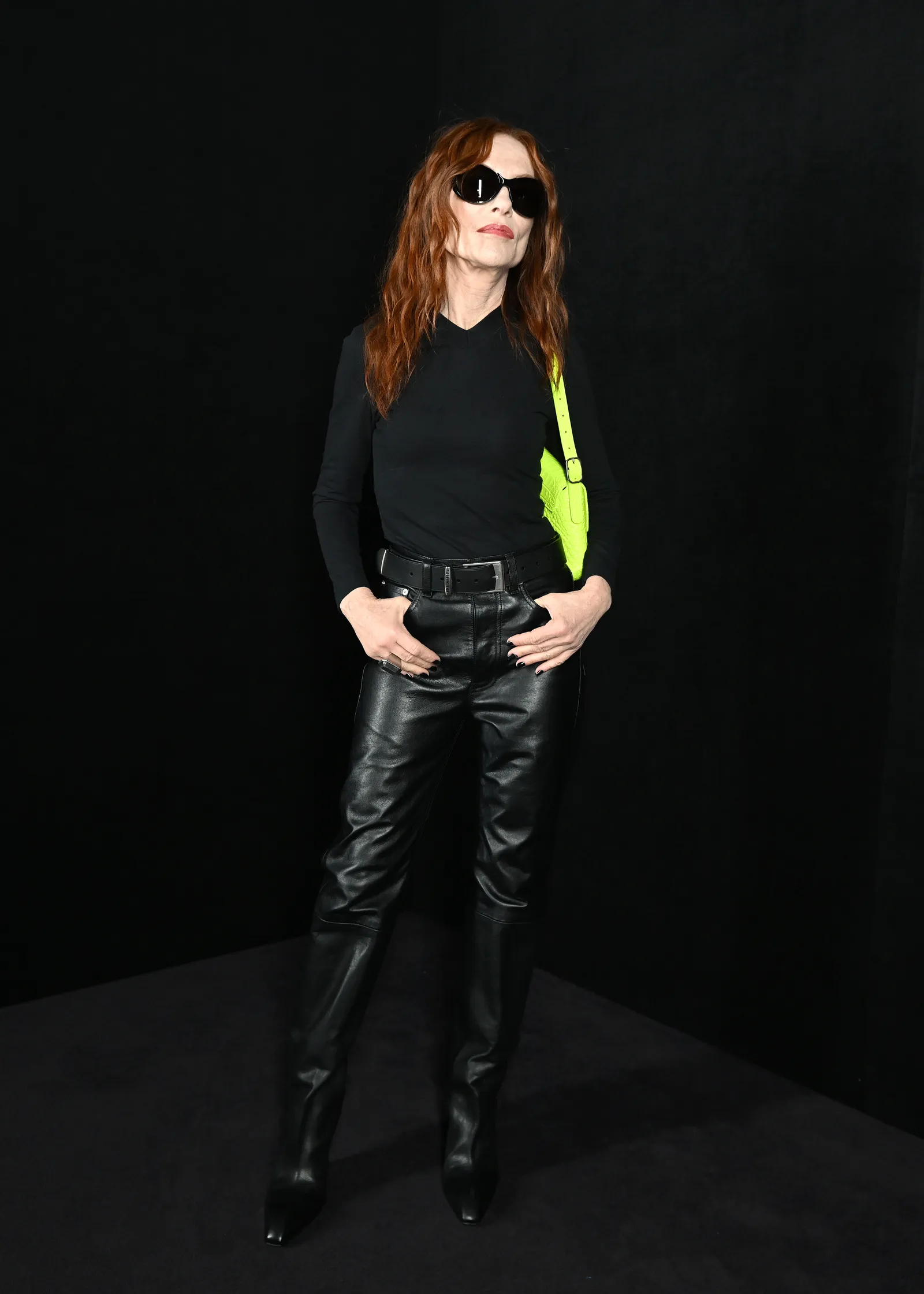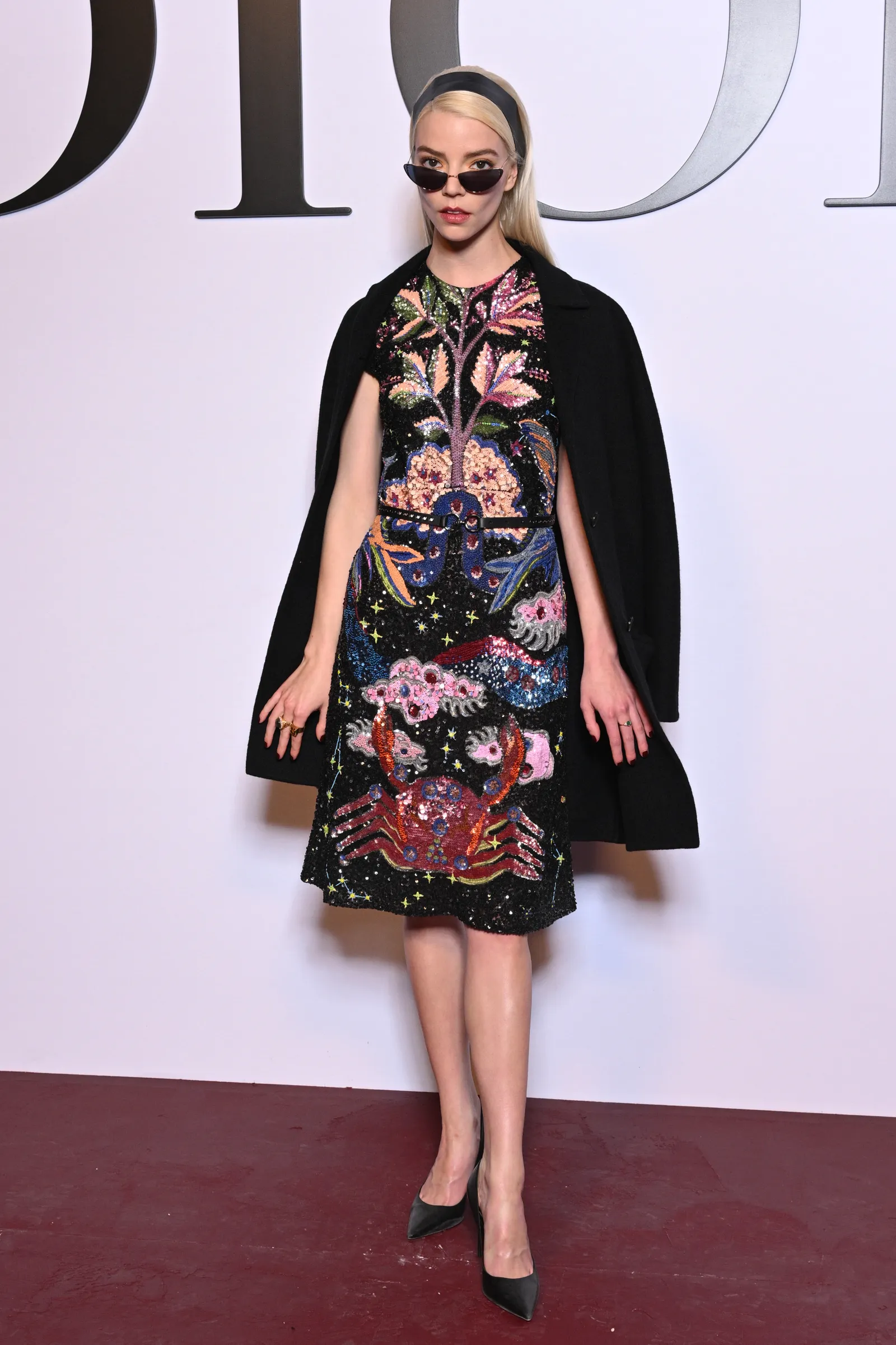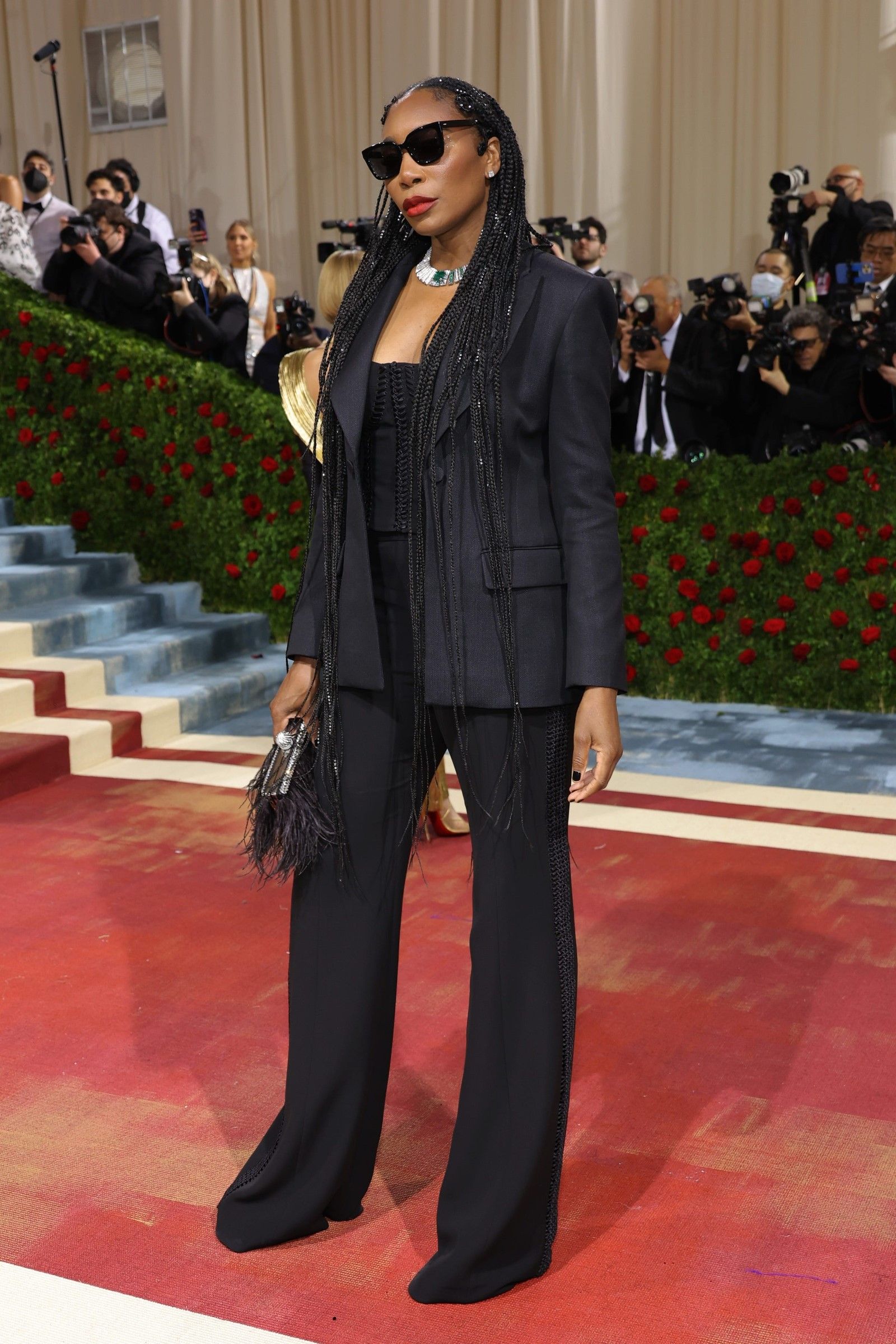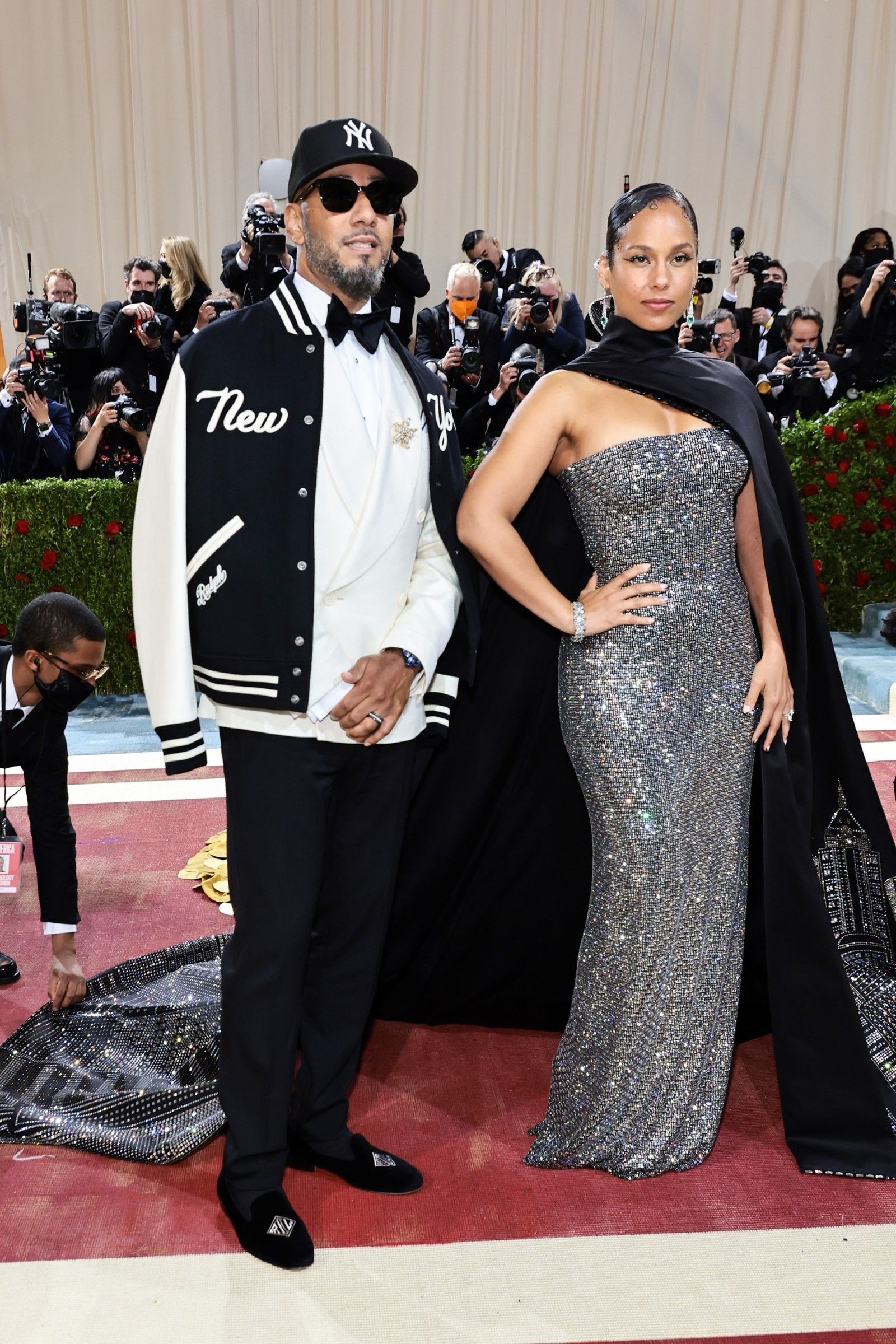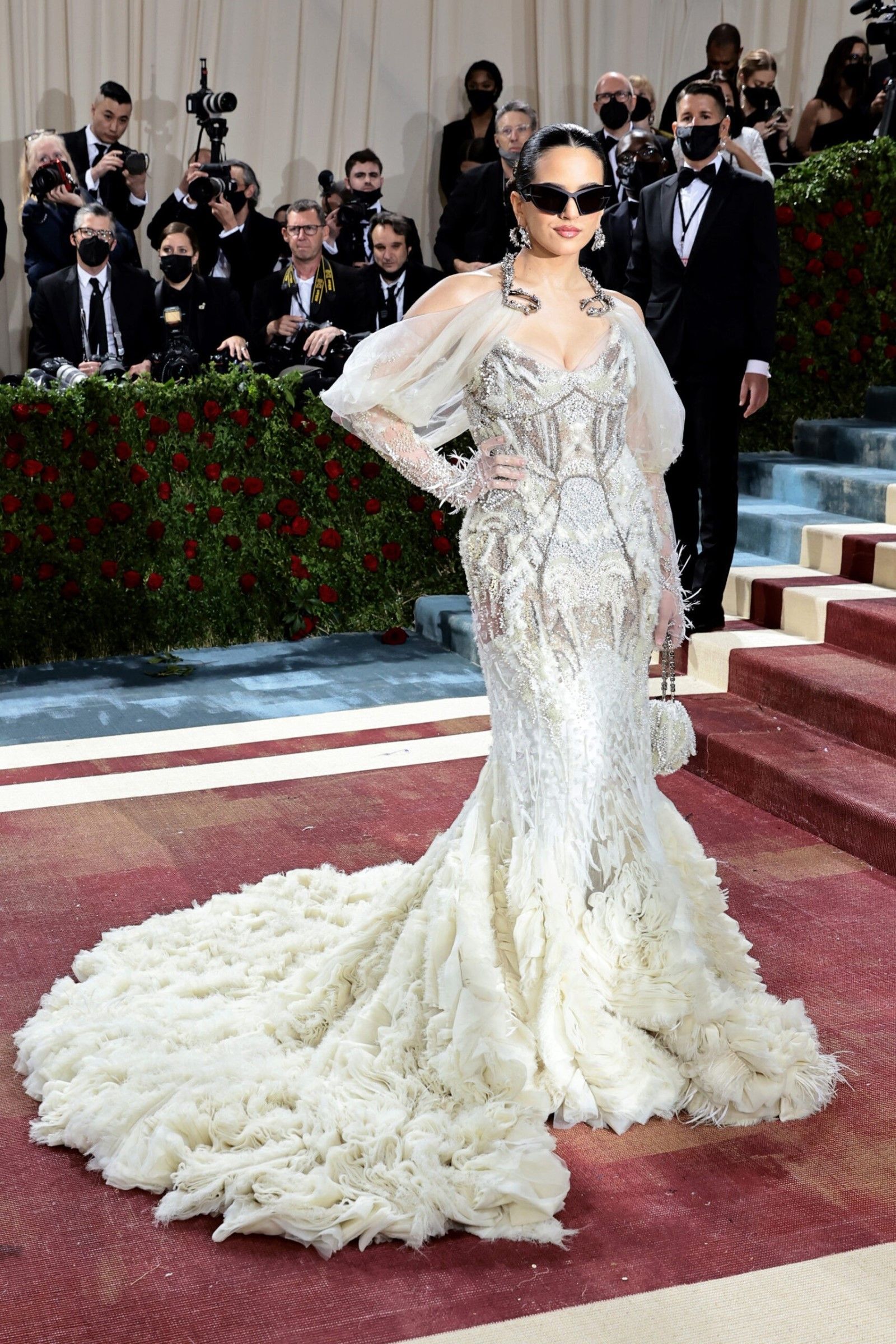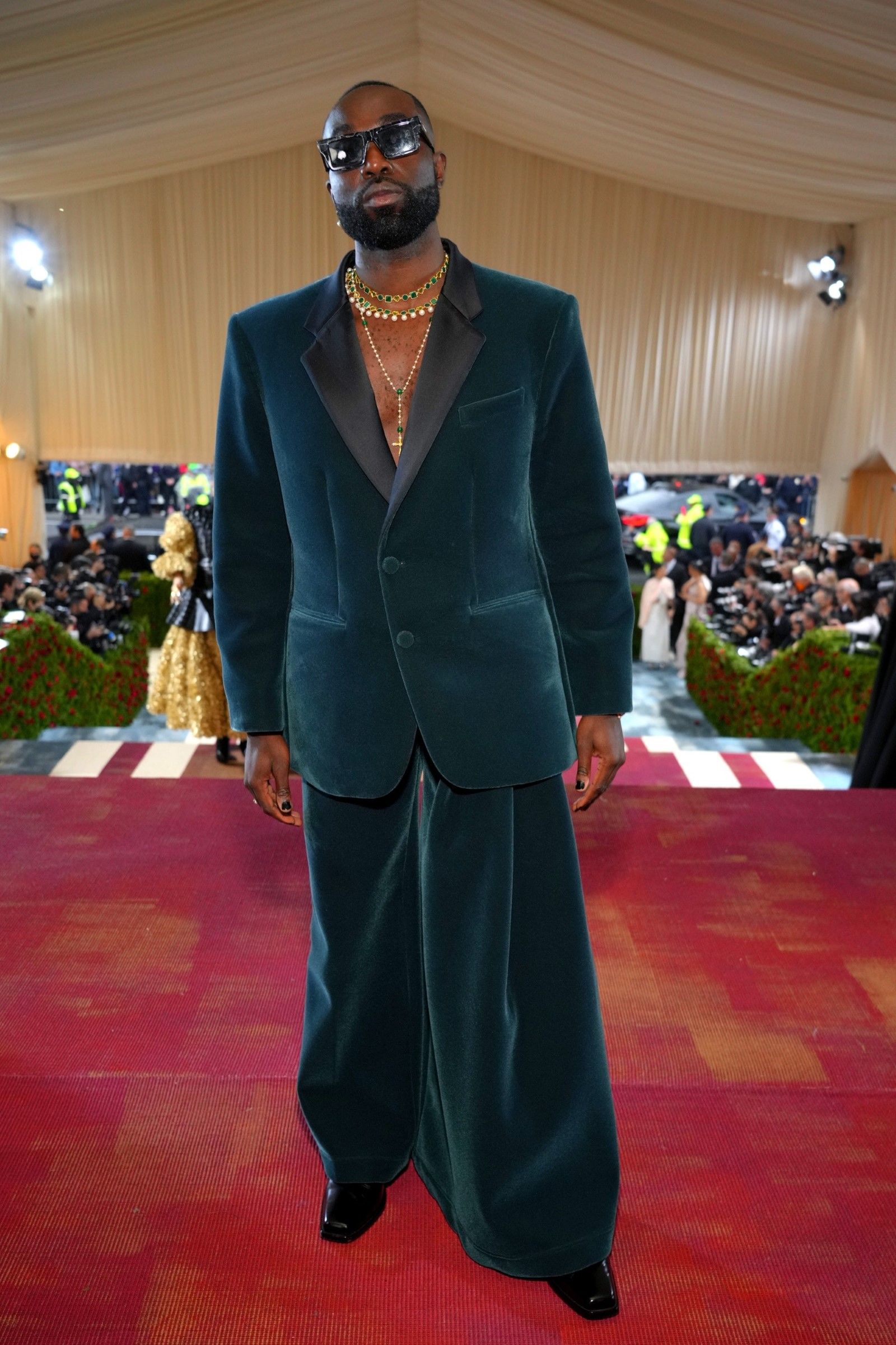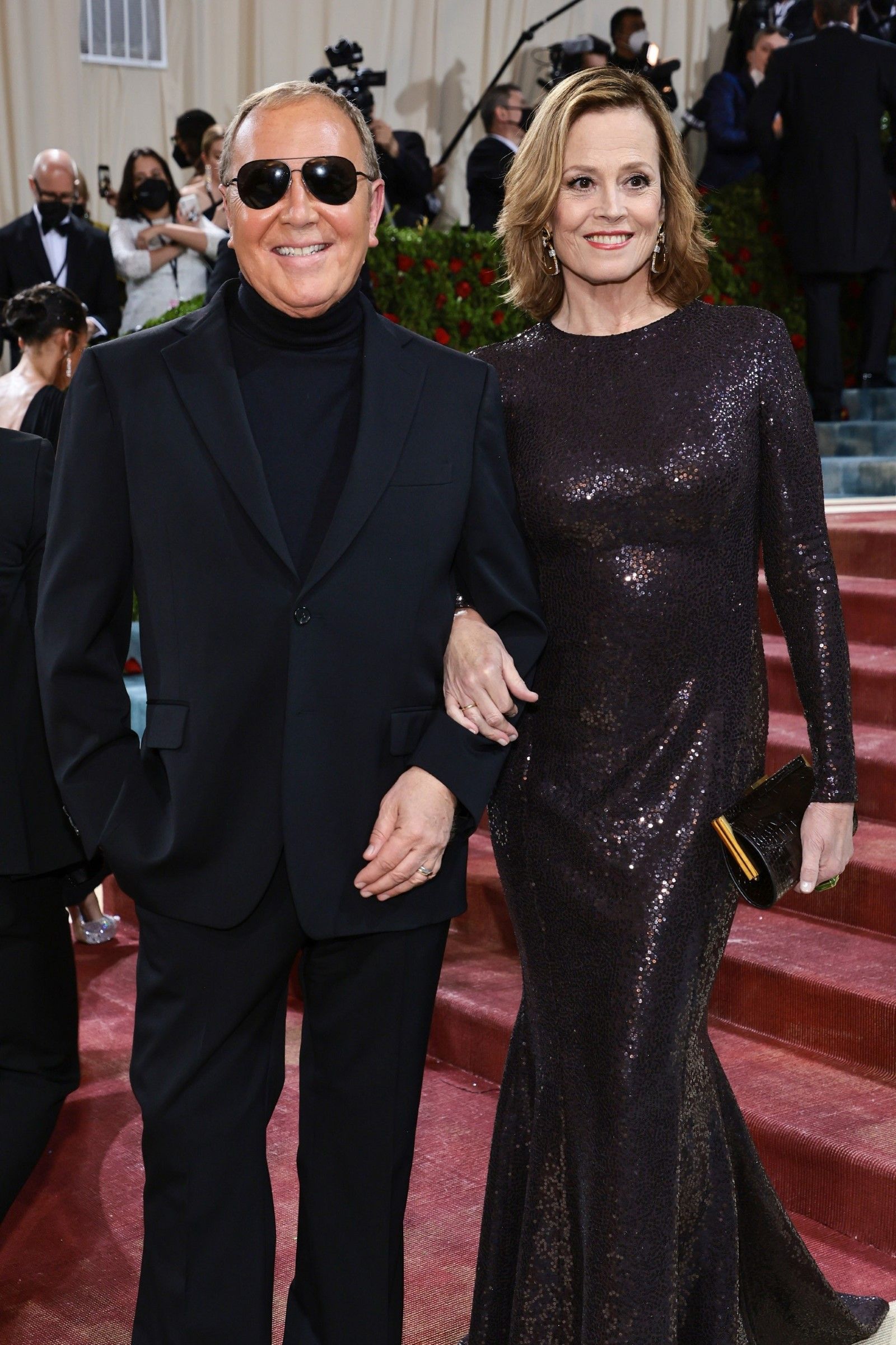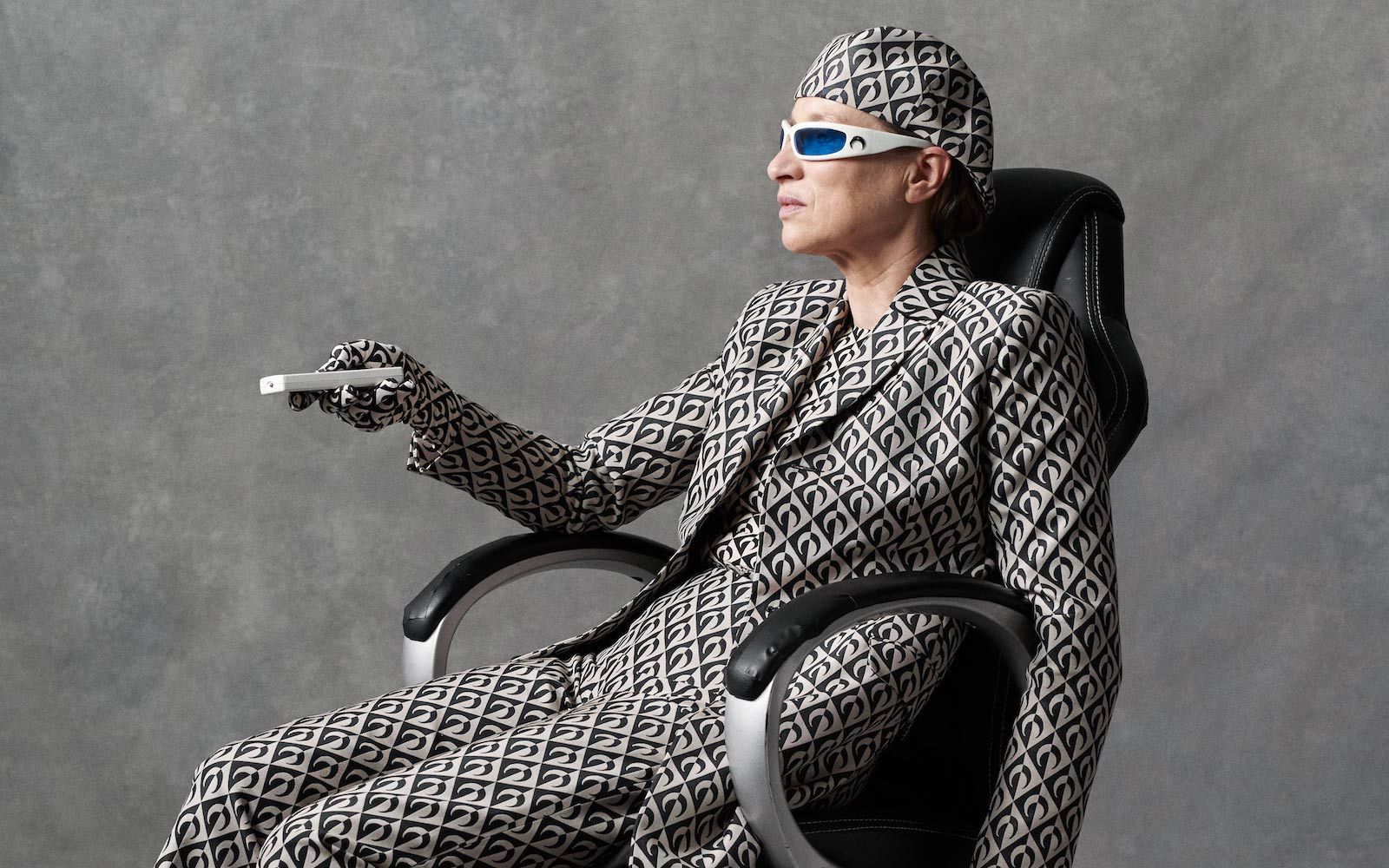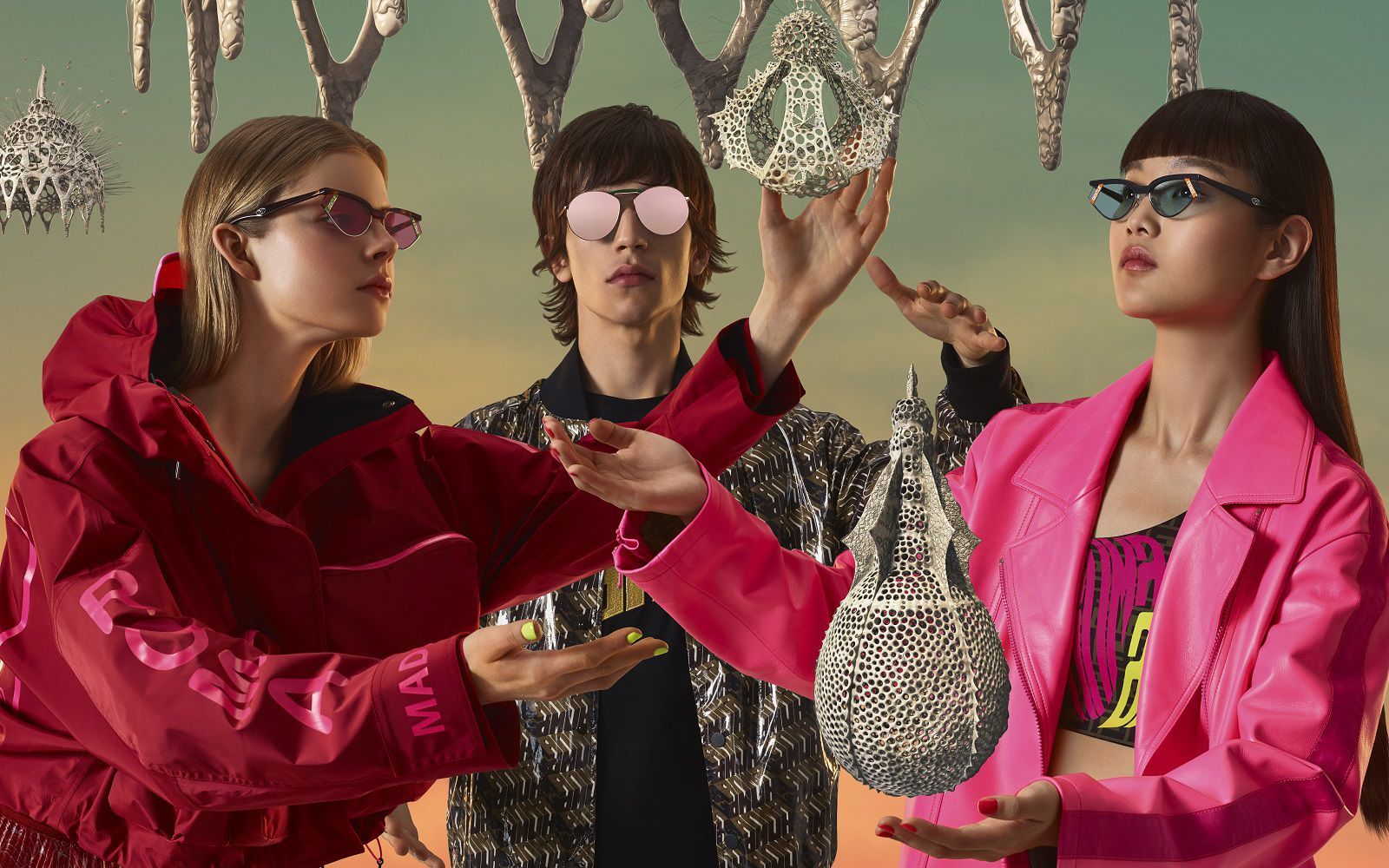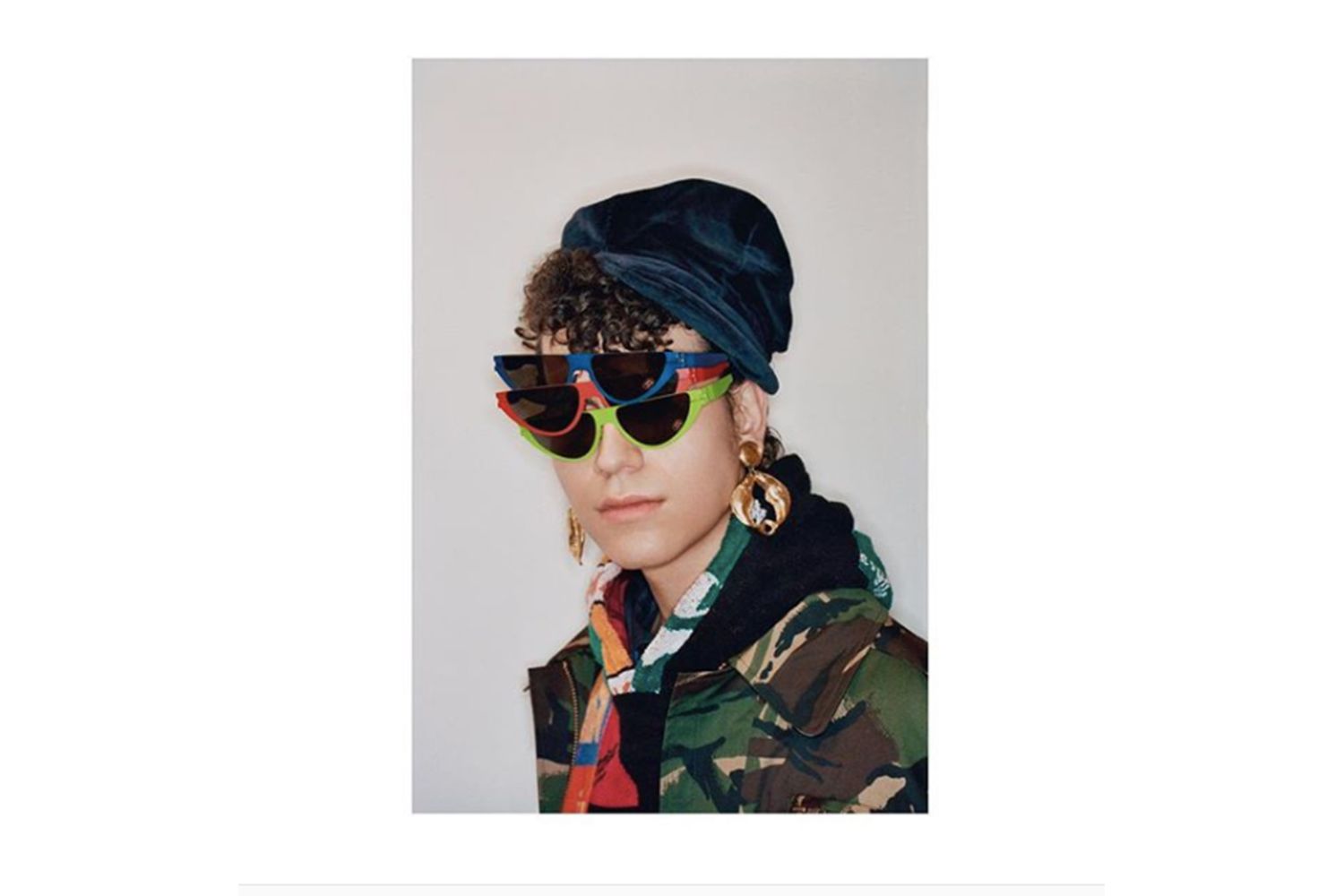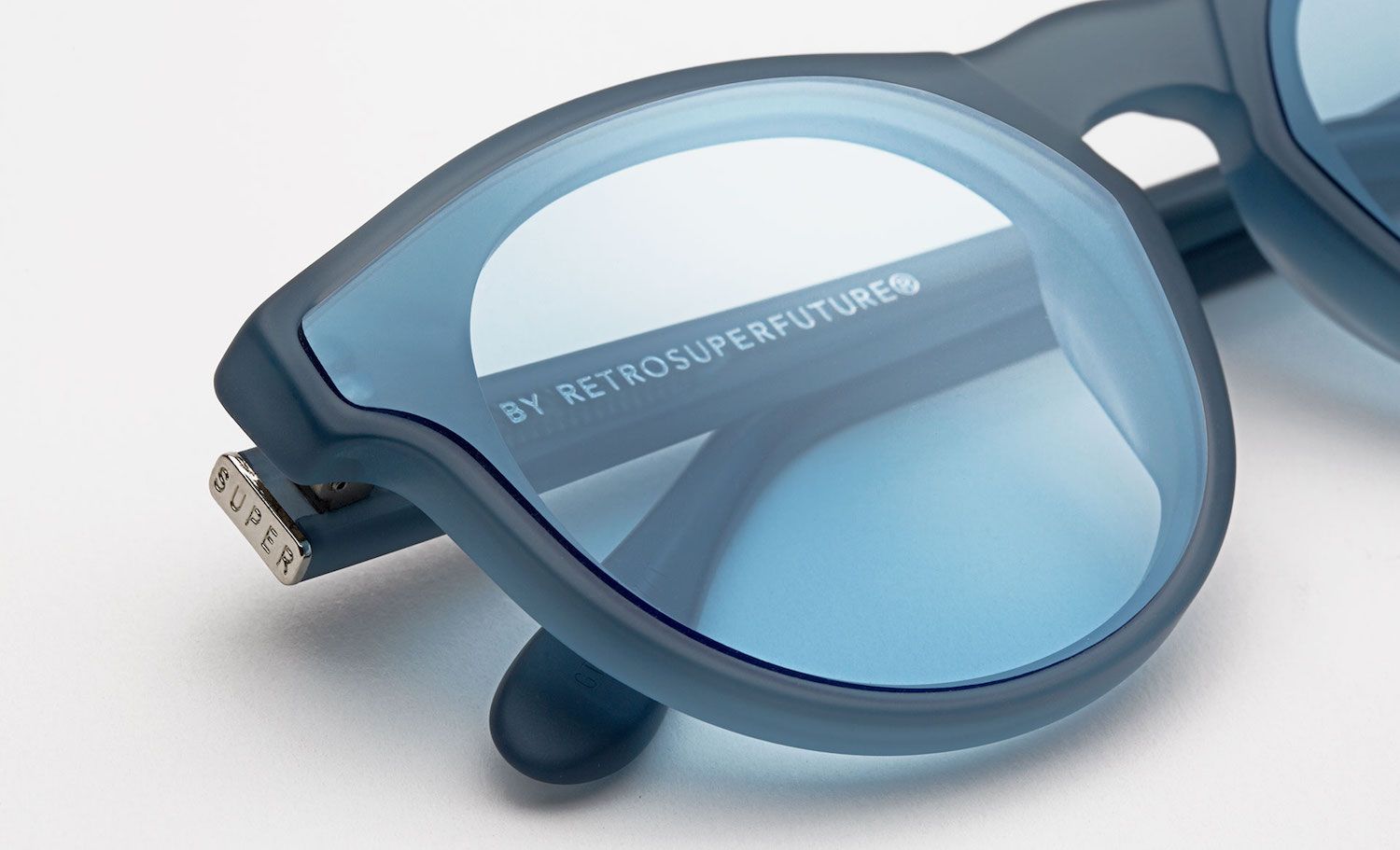
Who wears sunglasses indoors? From "La Dolce Vita" to Anna Wintour
Last week, in a multi-voiced article, Highsnobiety pointed out that at the last Met Gala a good number of stars, especially those on the Chloé team but also Rosalia in her Givenchy gown and the Alessandro Michele-Jared Leto duo obviously in full Gucci look, had shown up on the red carpet with sunglasses covering their faces. And while Highsnobiety's editors debated the meaning and permissibility of the gesture, bringing examples such as Anna Wintour's, the writer could not help but think of the storm of indoor sunglasses seen in recent months. The best example is Fellini's La Dolce Vita, promptly rewatched immediately after its arrival on Netflix earlier this month, which invented the whole aesthetic of the sunglass at night; but also Matt Reeves' The Batman where both Robert Pattinson and John Turturro don their sunglasses indoors, to the writer's own personal experiences in the various clubs in Milan that, in the spring frenzy that followed its reopening, were filled with party-goers whose eyes were strictly covered by a pair of sunglasses.
Beyond the coolness factor, which is the justification of two lovers of sunglasses on any occasion such as Stan Lee, Wong Kar-wai, or Hiroshi Fujiwara, as with all the world's customs and traditions, there are practical and often unfortunate reasons why sunglasses are worn indoors or at night: in La Dolce Vita, the character Magdalena wears them to hide a bruise on her face; in the clubbing world, on the other hand, they are traditionally used to disguise the influence of alcohol and drugs (which is why John Belushi wore them on the set of The Blues Brothers); in 2021, instead, Hailey Bieber wore them to hide her tear-flushed eyes on the red carpet at the Met Gala; U2 singer Bono Vox once said he wore them for both privacy and to protect his eyes from paparazzi flashes and spotlights while Jim Jarmusch, told Vice that he uses them with graduated lenses instead of prescription glasses after his daughter told him he didn't like them with regular ones. «And if people say you’re pretentious, fuck ‘em», added the director.
Curiously enough, however, according to Lana and Lilly Wachowski the sunglasses so ubiquitous in The Matrix were due to the fact that the actors had to shoot often on set and, given their inexperience, tended to squint their eyes every time they pulled the trigger. But whatever the reason, the coolness of sunglasses in the dark remains, so much so that you'd be hard-pressed to find a Celine or Saint Laurent show where more than half of the looks don't include aloof sunglasses, and so much so that Balenciaga, to present its Pre-Collection 2021 or SS21, had the legendary Walter A. Stern a music video called Sunglasses at Night (the same as the original Corey Hart song) in which the models in the lookbook took turns walking the streets of a lockdown Paris at night with their eyes hidden behind many pairs of black lenses.
To stay in the fashion world, however, the appeal of the sunglass indoors has remained almost intact from the 1960s to the present - figures who have worn them recently, Anna Wintour aside, include Jacob Elordi at the latest Bottega Veneta and Saint Laurent shows, Lewis Hamilton and Maluma at Valentino's FW22 show; Salma Hayek and Isabelle Huppert at Balenciaga; Anya Taylor Joy at the latest Dior show; Jared Leto in the front row at Gucci; Kim Kardashian at Prada; and many others. Just one sunglass worn indoors, the Tiffany & Co. one that Pharrell Williams had at the last Kenzo show, even stirred a controversy when it came out that the model was a replica (publicized as a custom model) of a pair of emerald and diamond glasses from the ancient Mughal empire sold at Sotheby's.
The idea of wearing them, however, from what can be gleaned from the Highsnobiety article, could signal a reversal of the trend: in a pop culture that values empathy and authenticity, building a barrier by wearing sunglasses indoors is seen as an anachronistic and, why not, vaguely snobbish pose. Yet if the conclusion of the Highsnobiety piece states that «if you're a normal person, absolutely do not wear sunglasses inside», and if experience tells us that people who wear them indoors in their daily lives do so only to set a tone without coming across as convincing, it would be wrong to knock down so easily such an objectively cool visual theme for such a vague reason as empathy. So if you find yourself in a club dancing tonight, try putting on your black glasses. You might even like it.











































